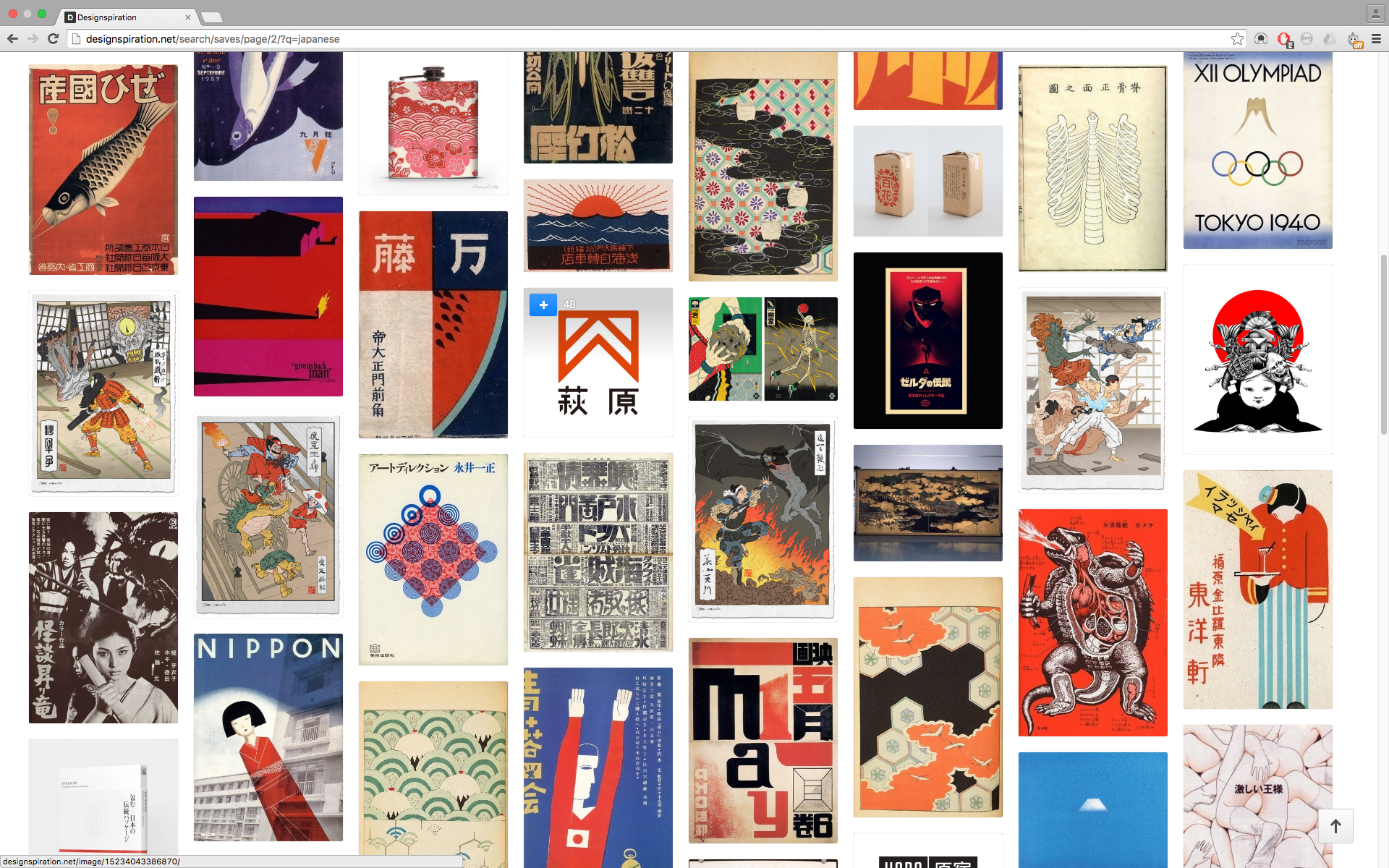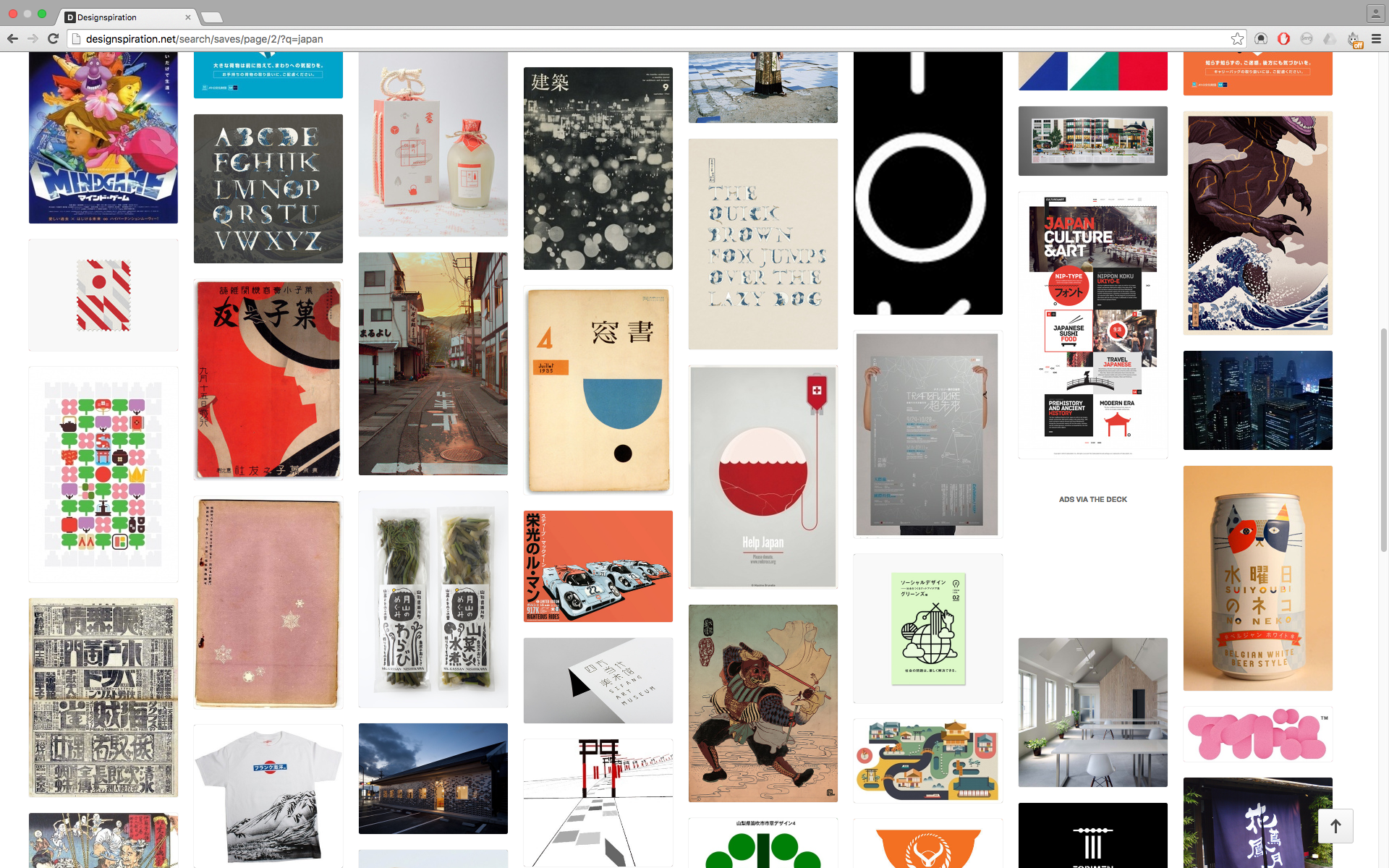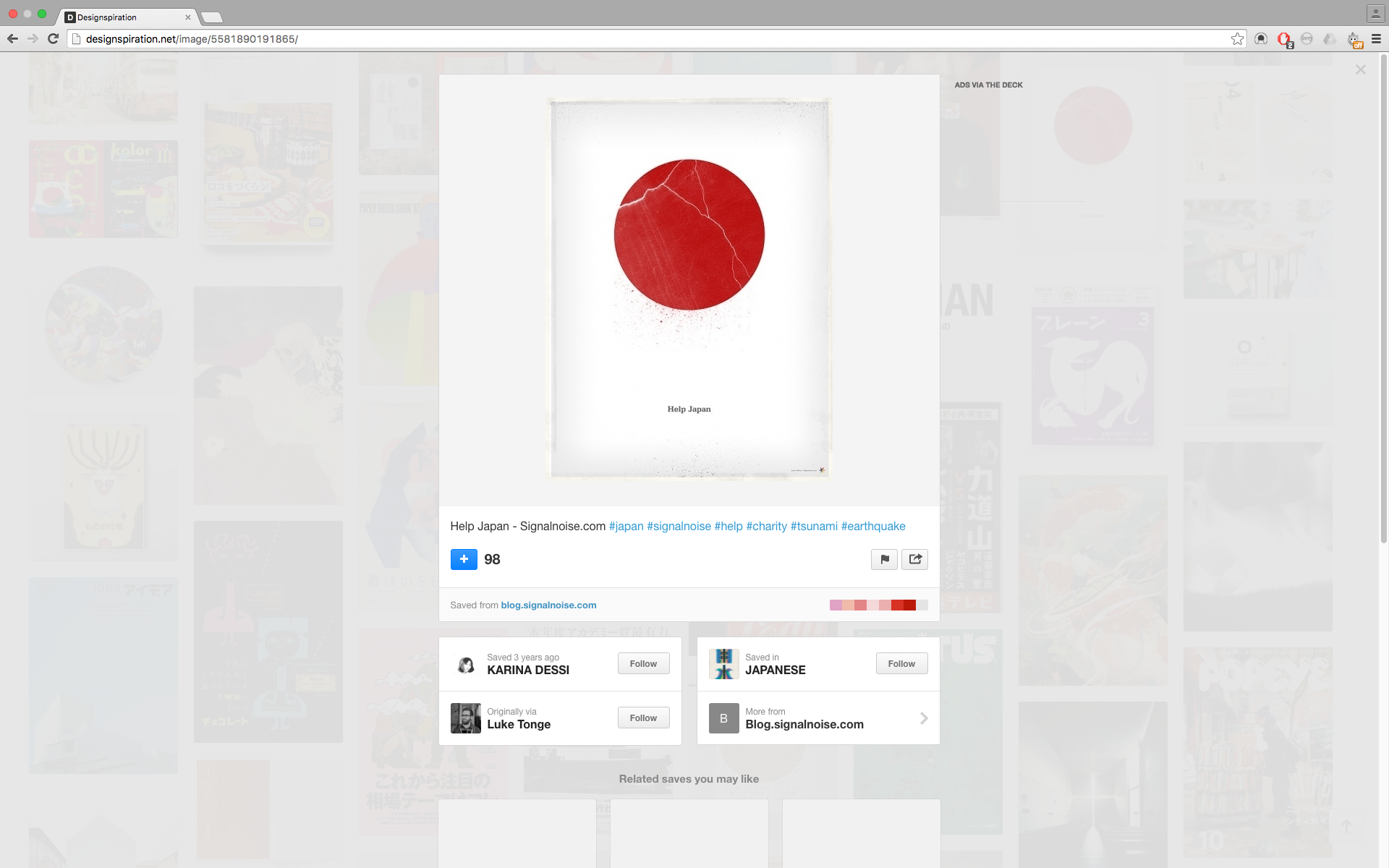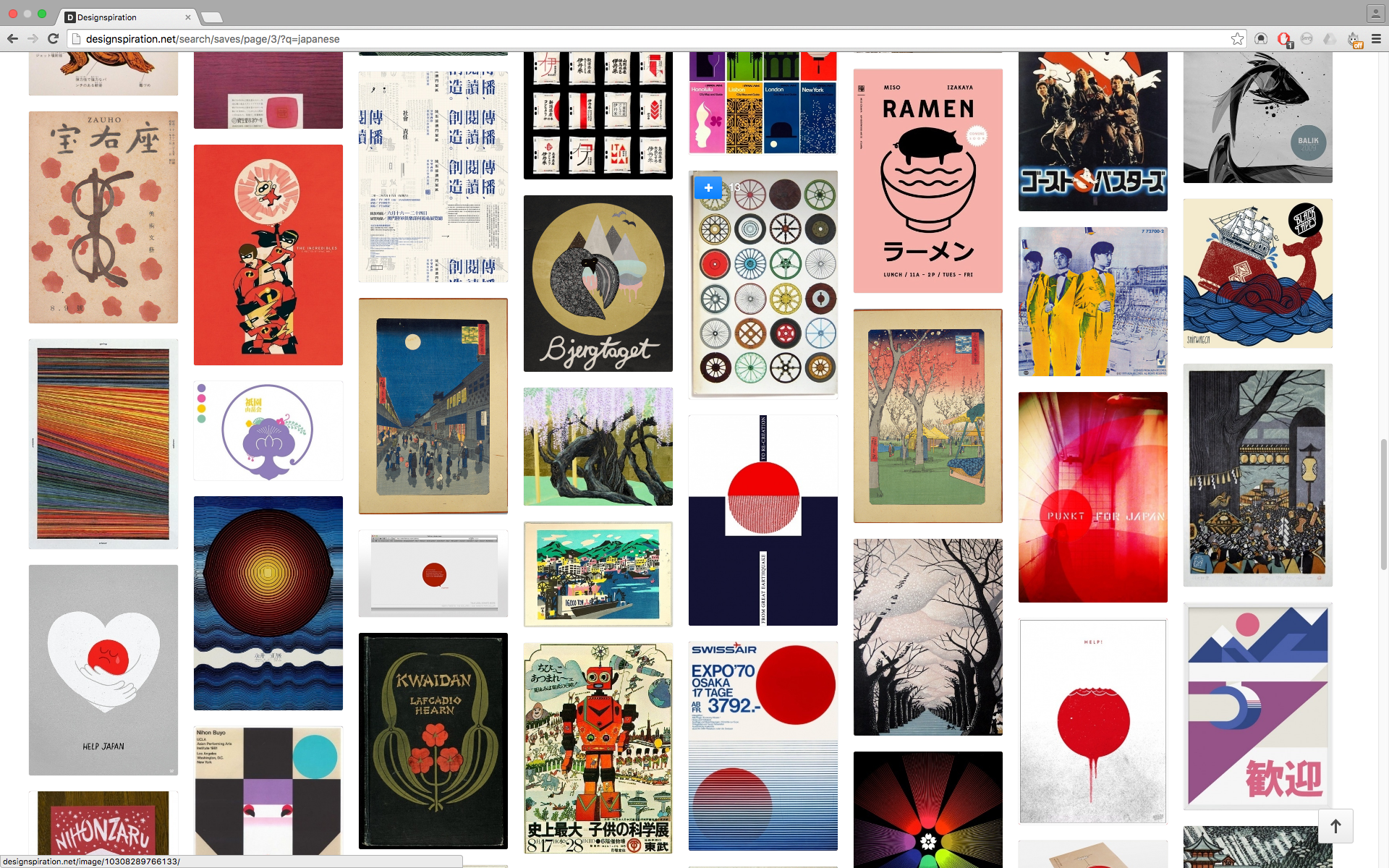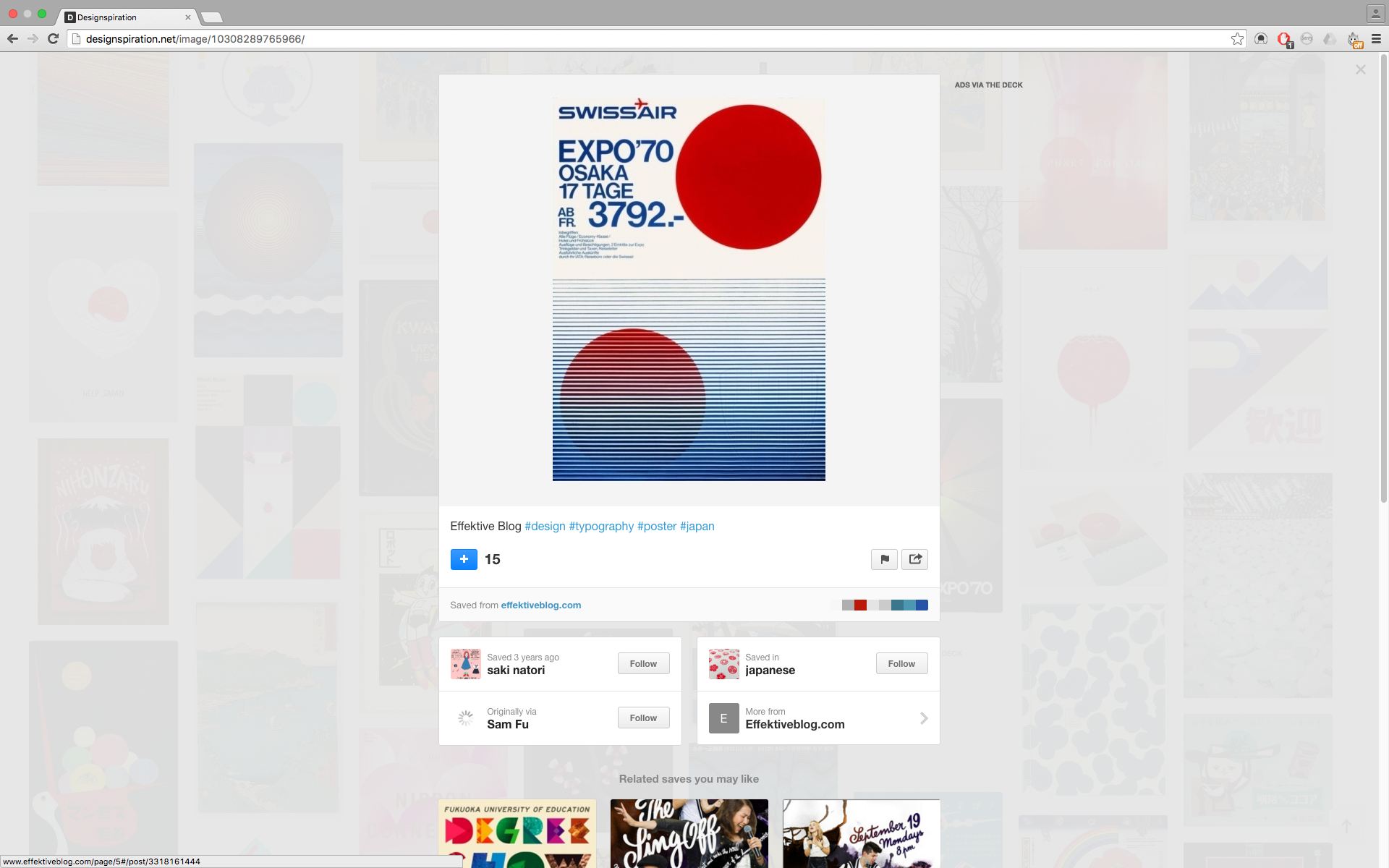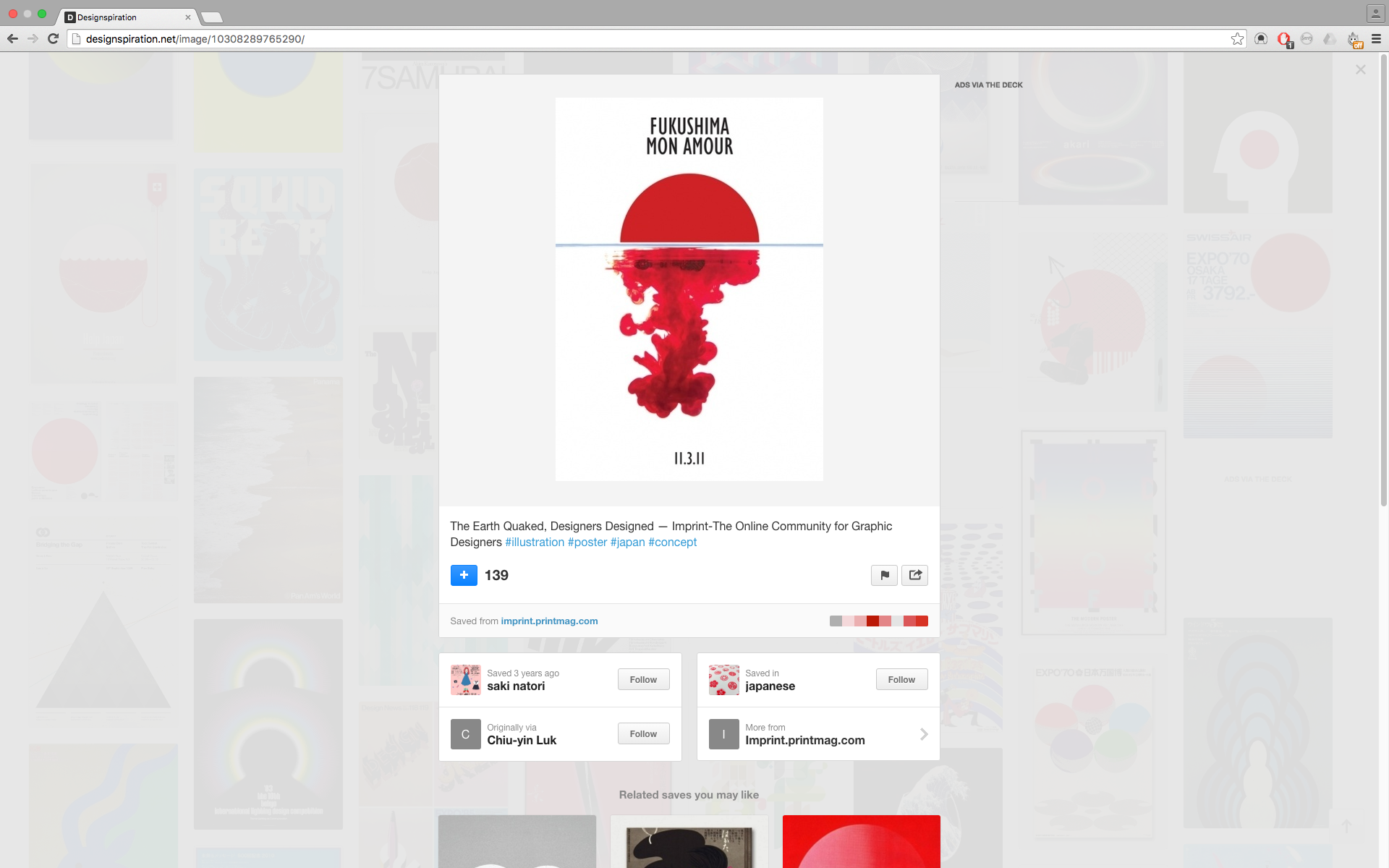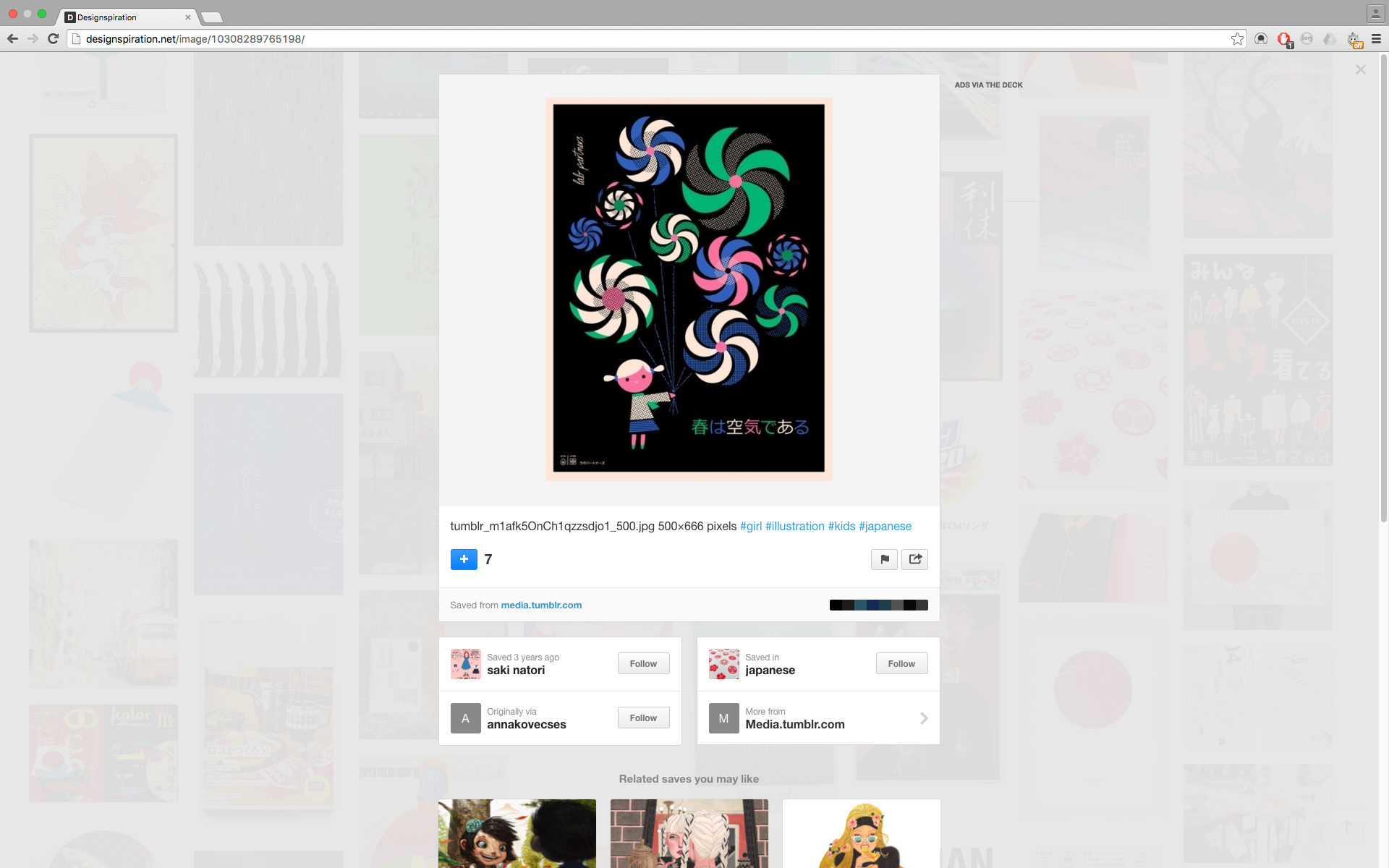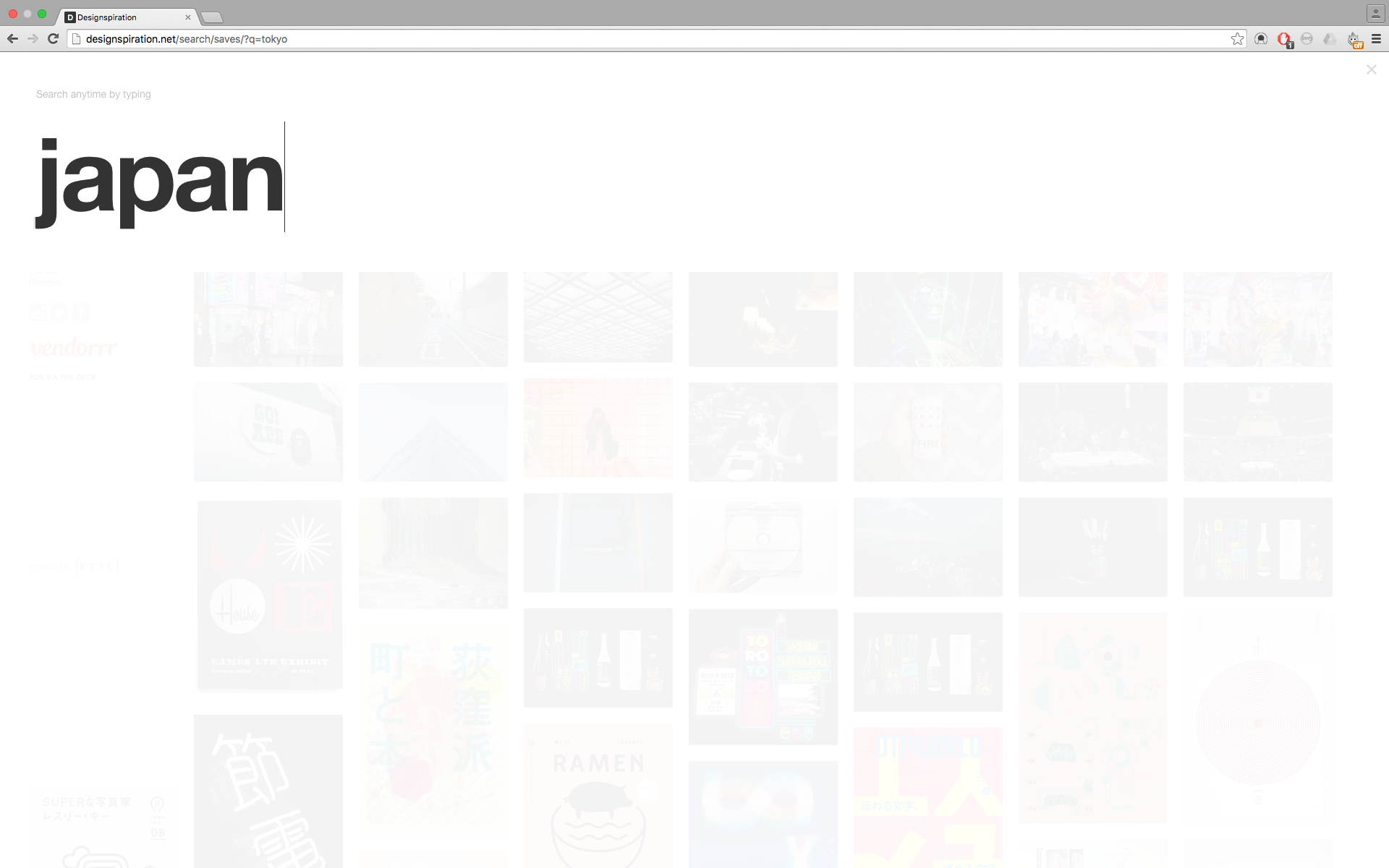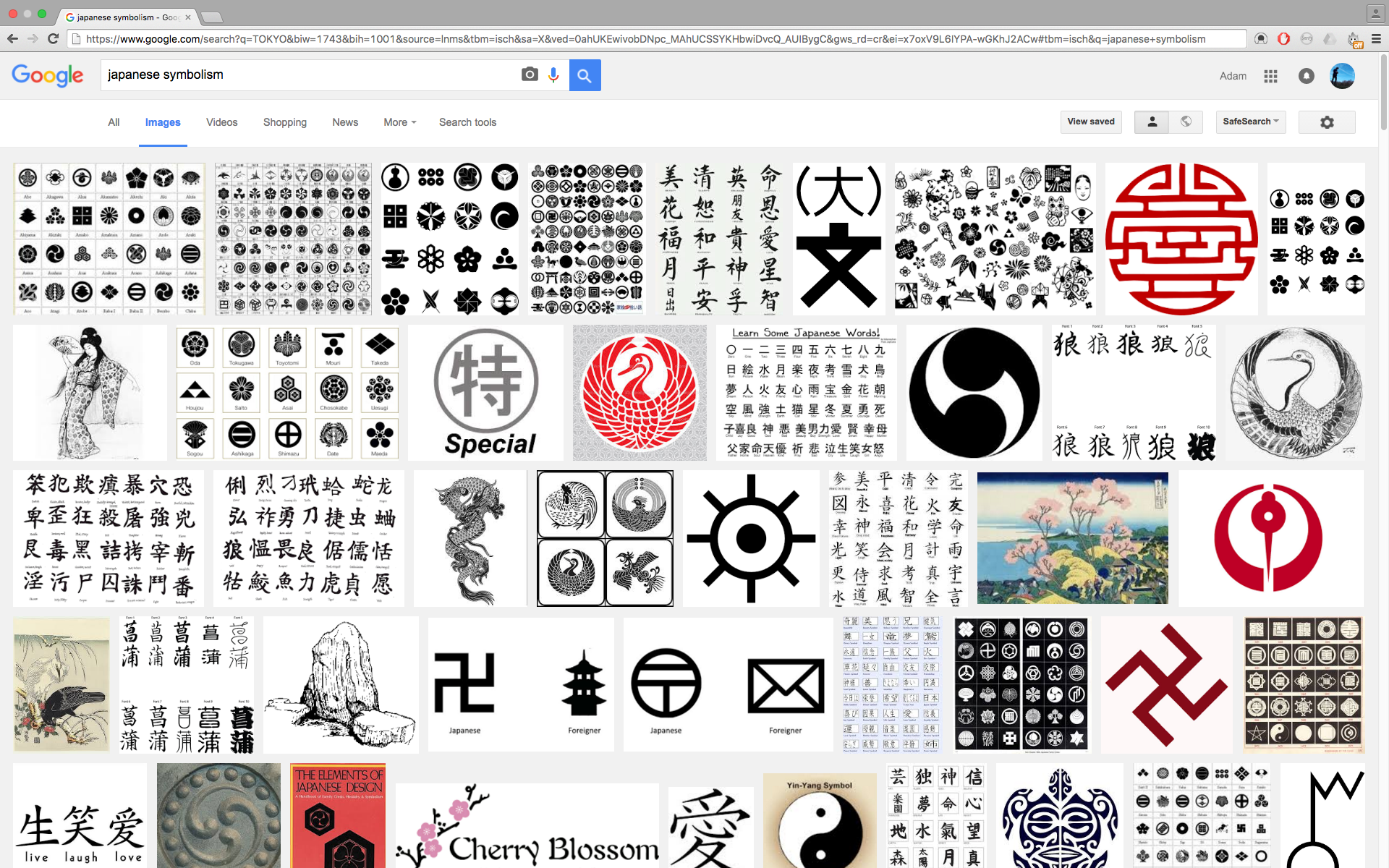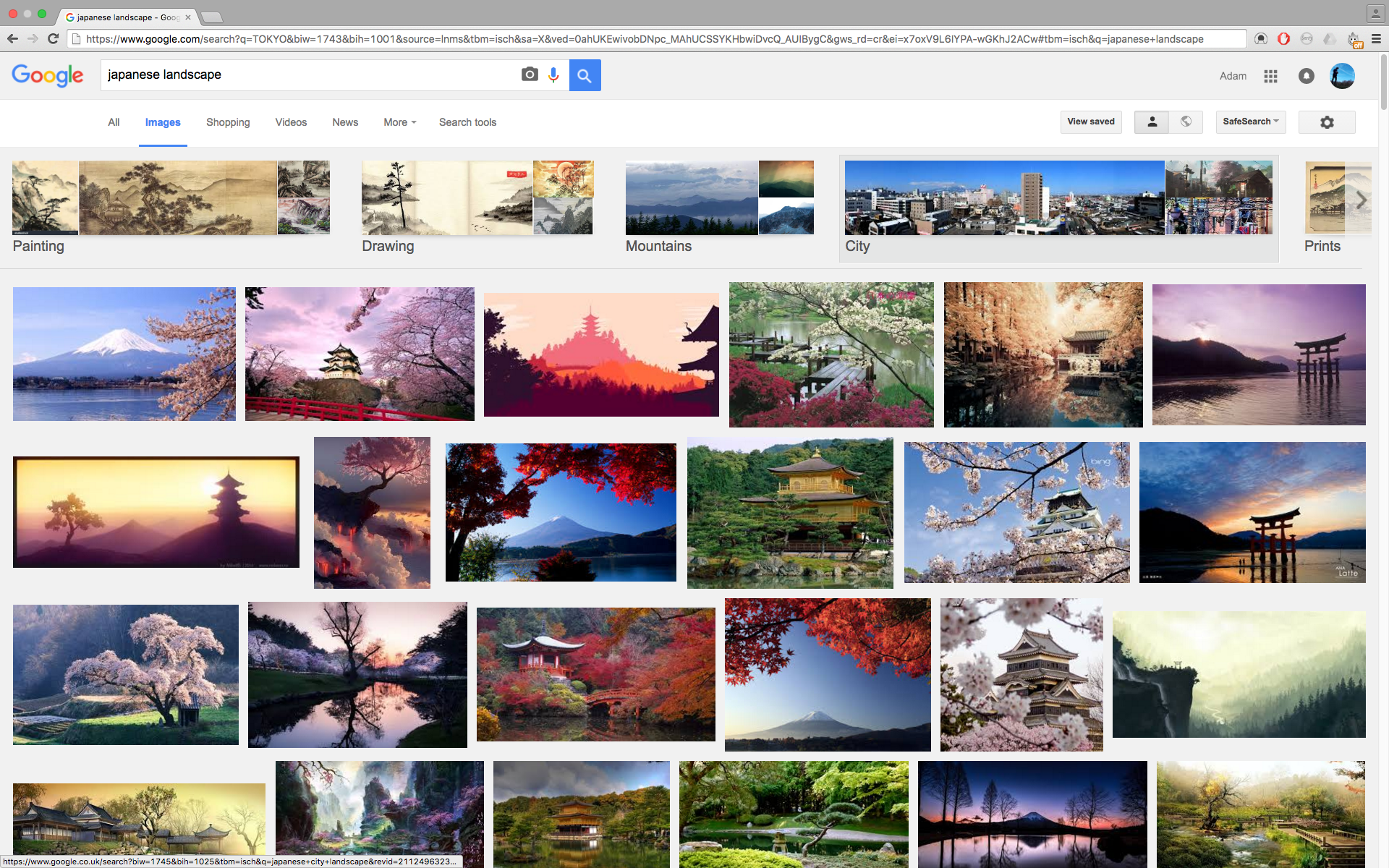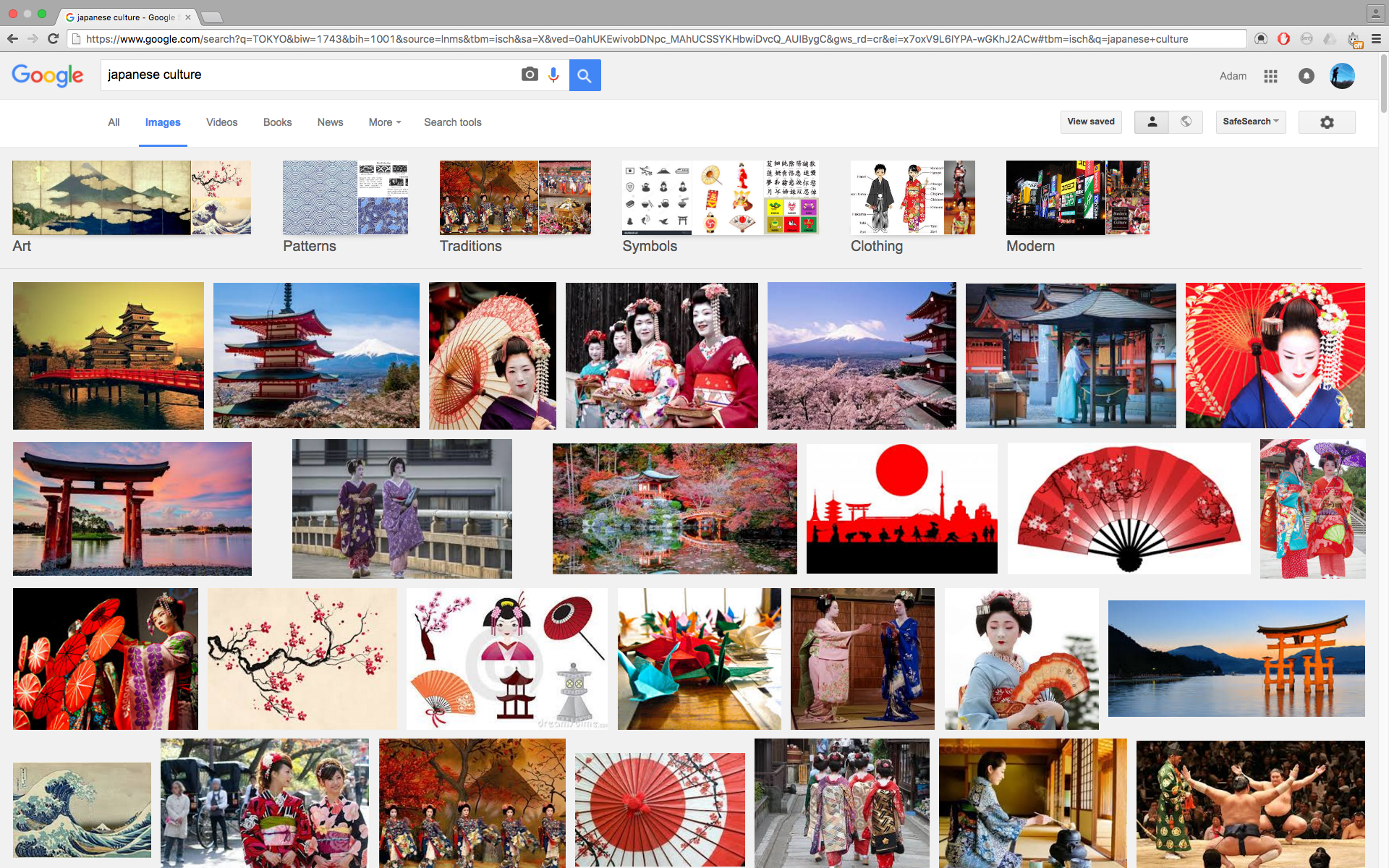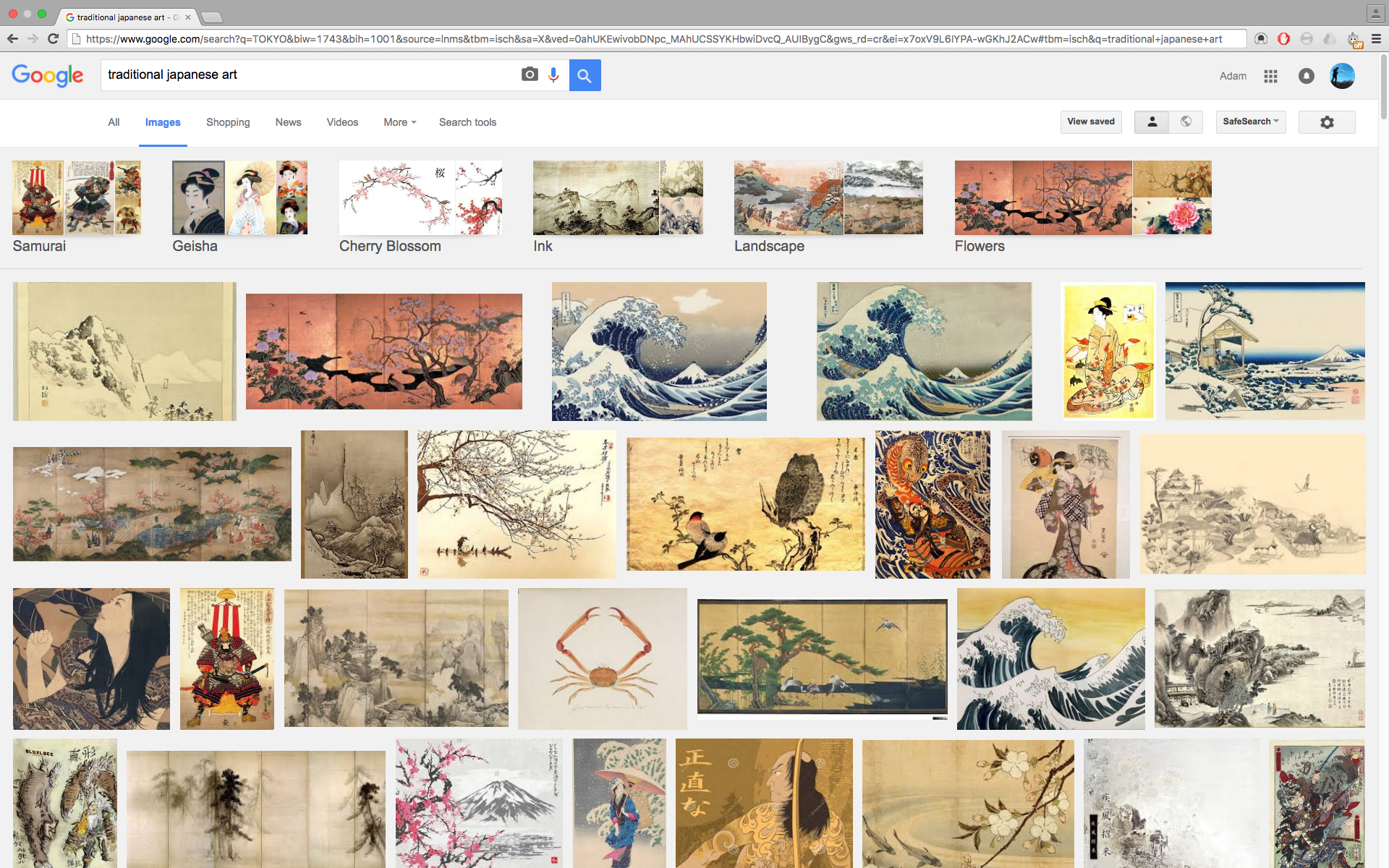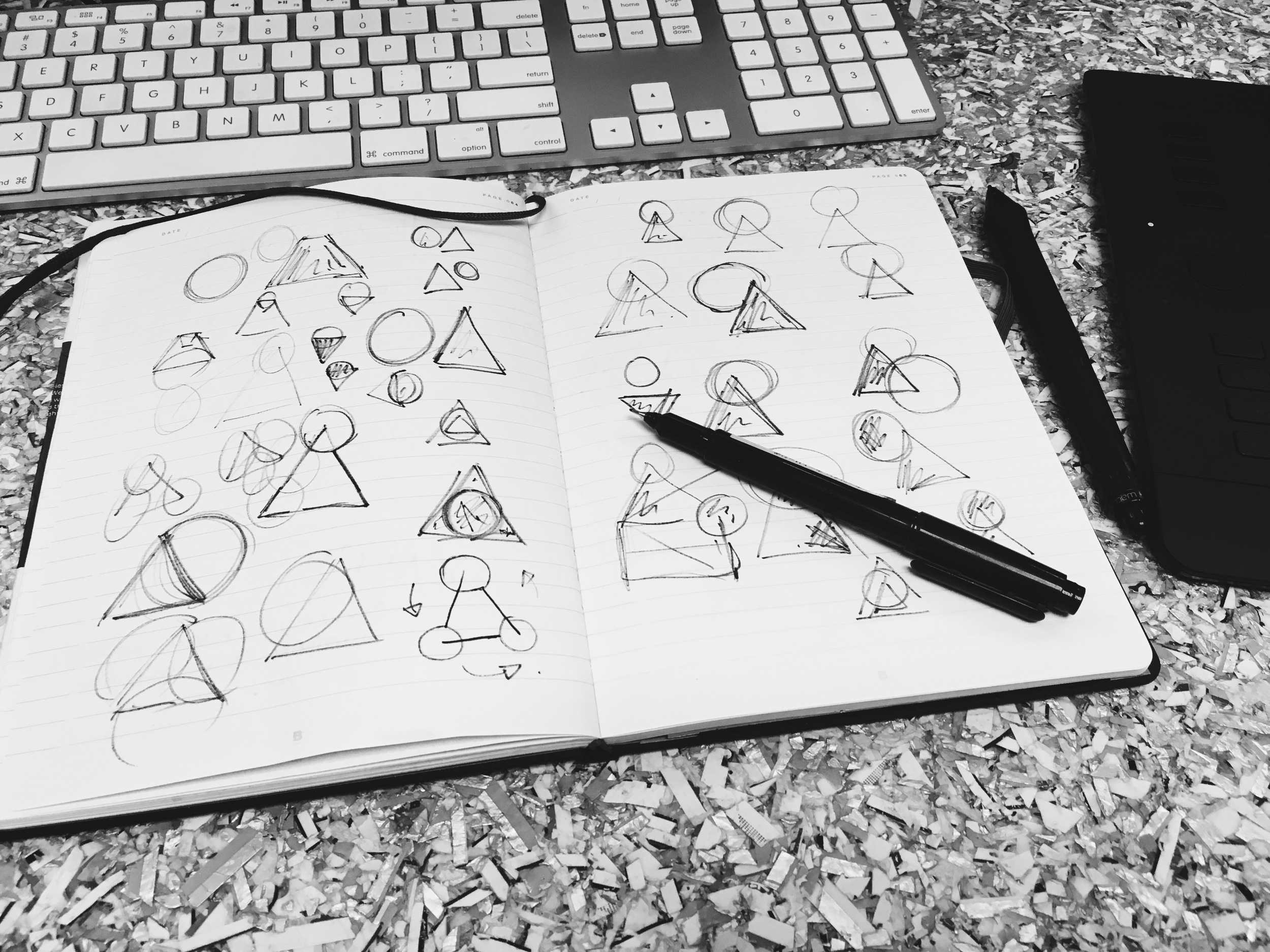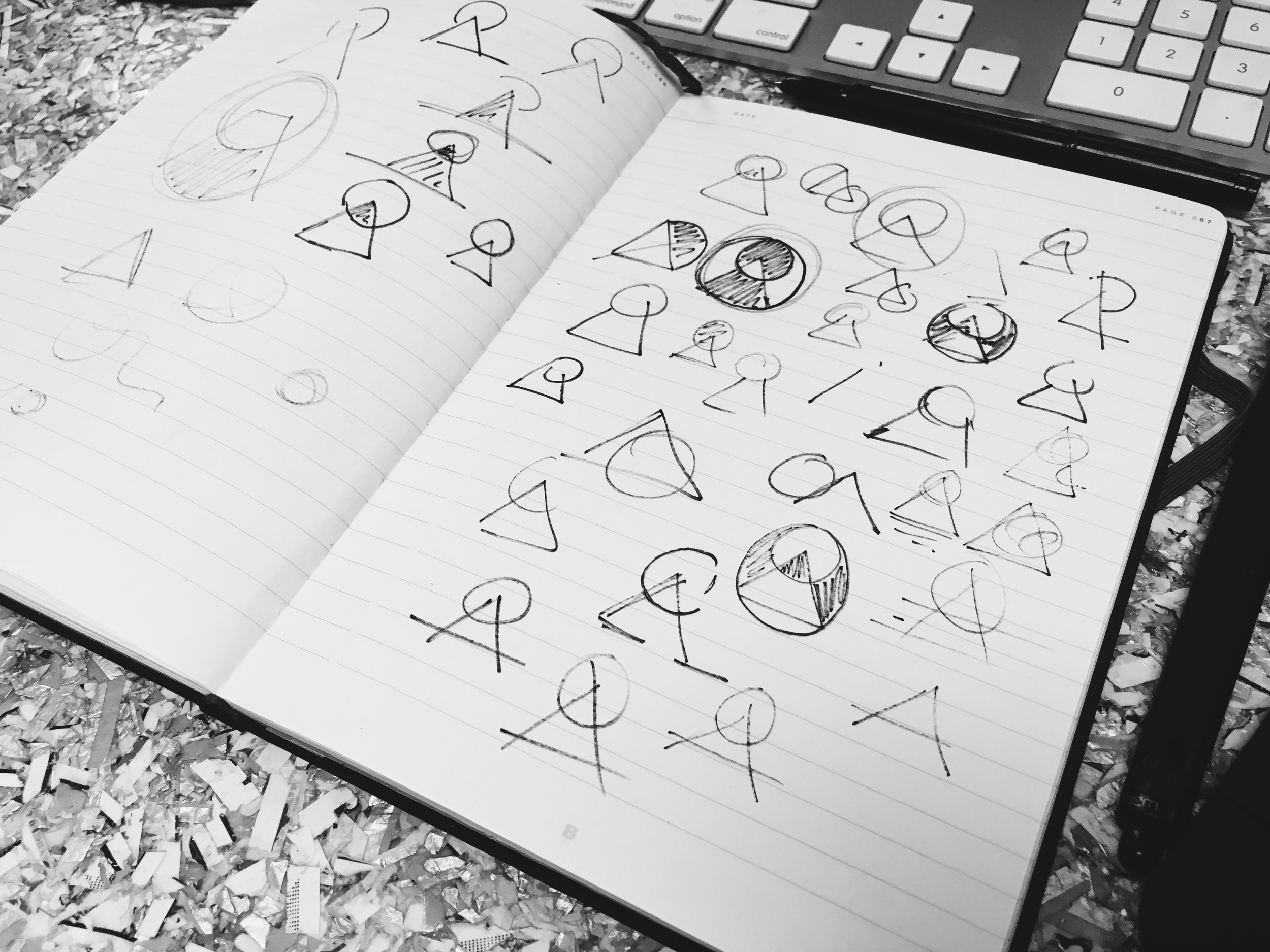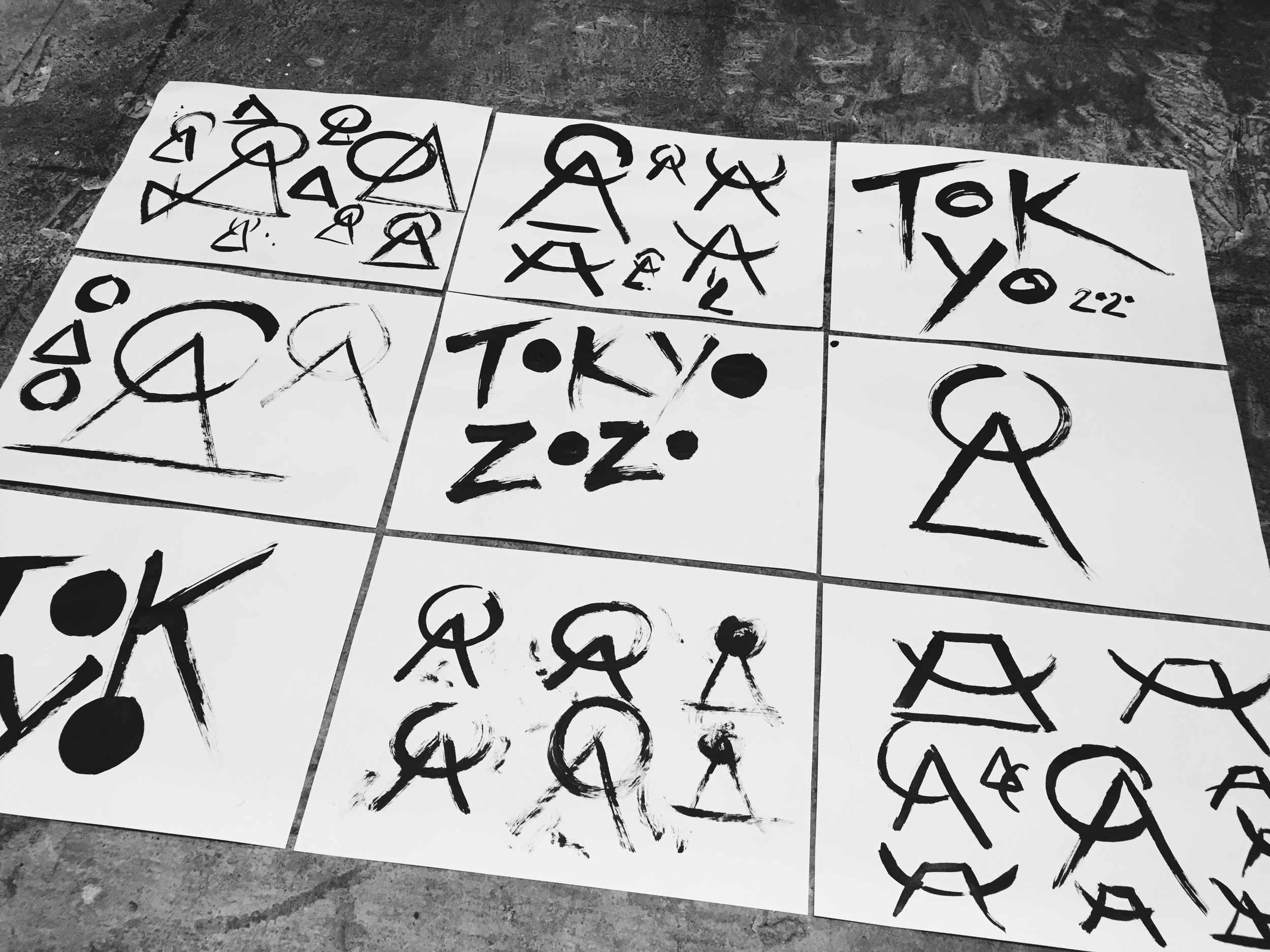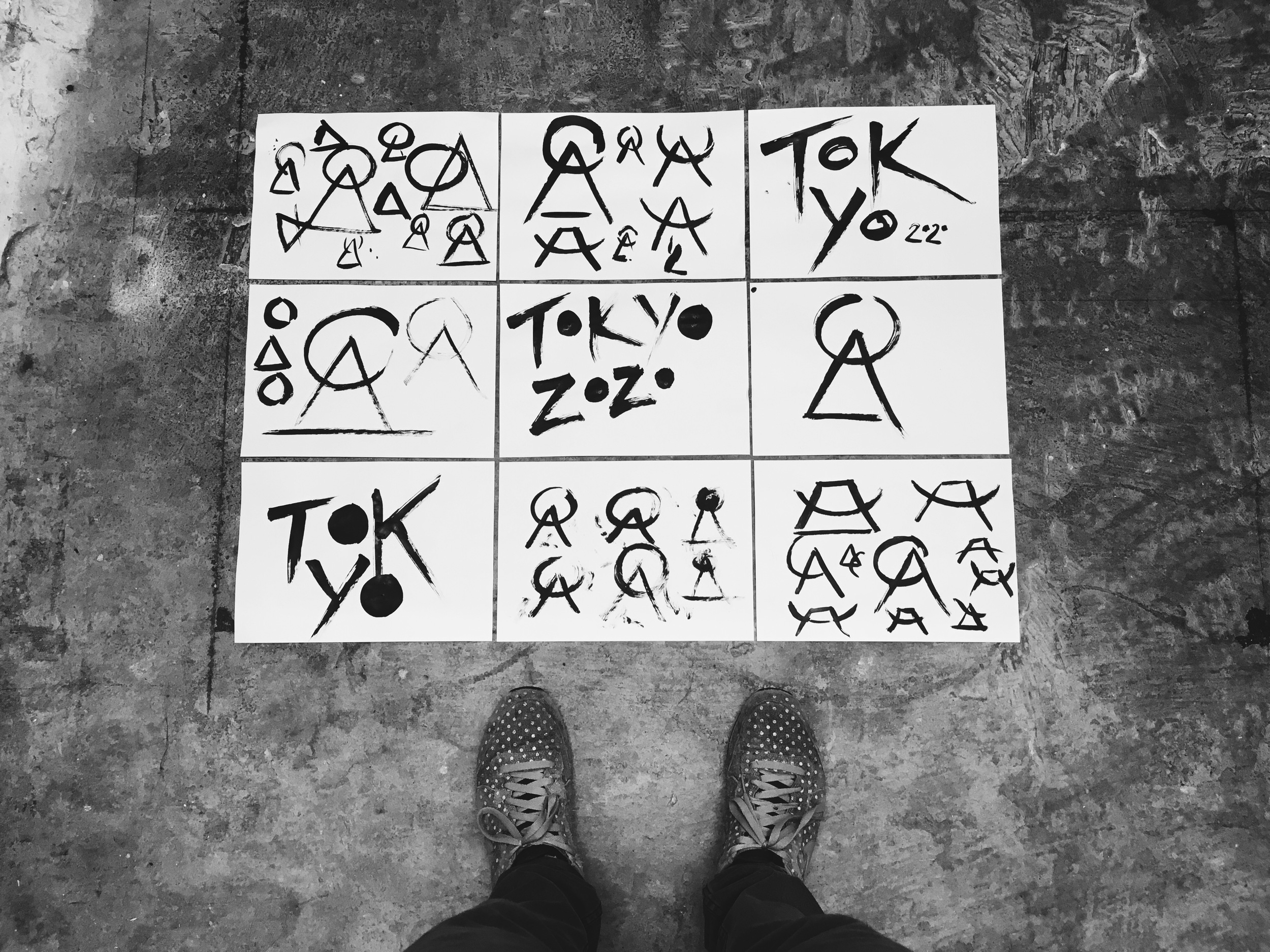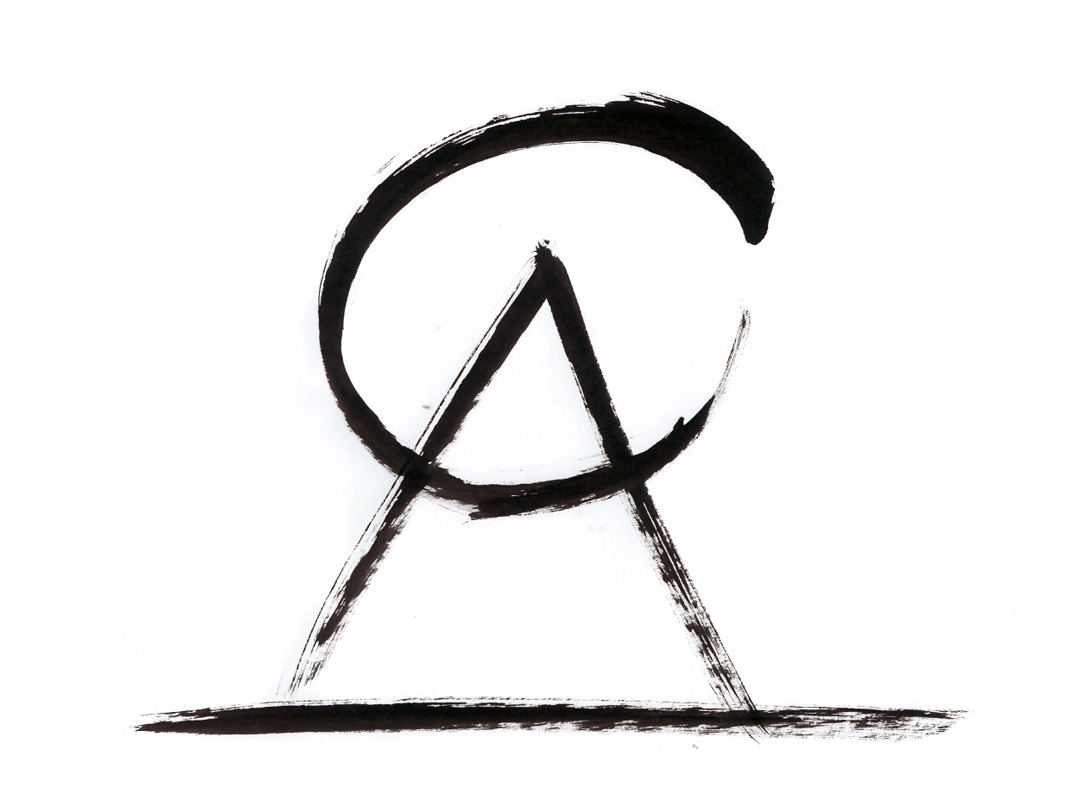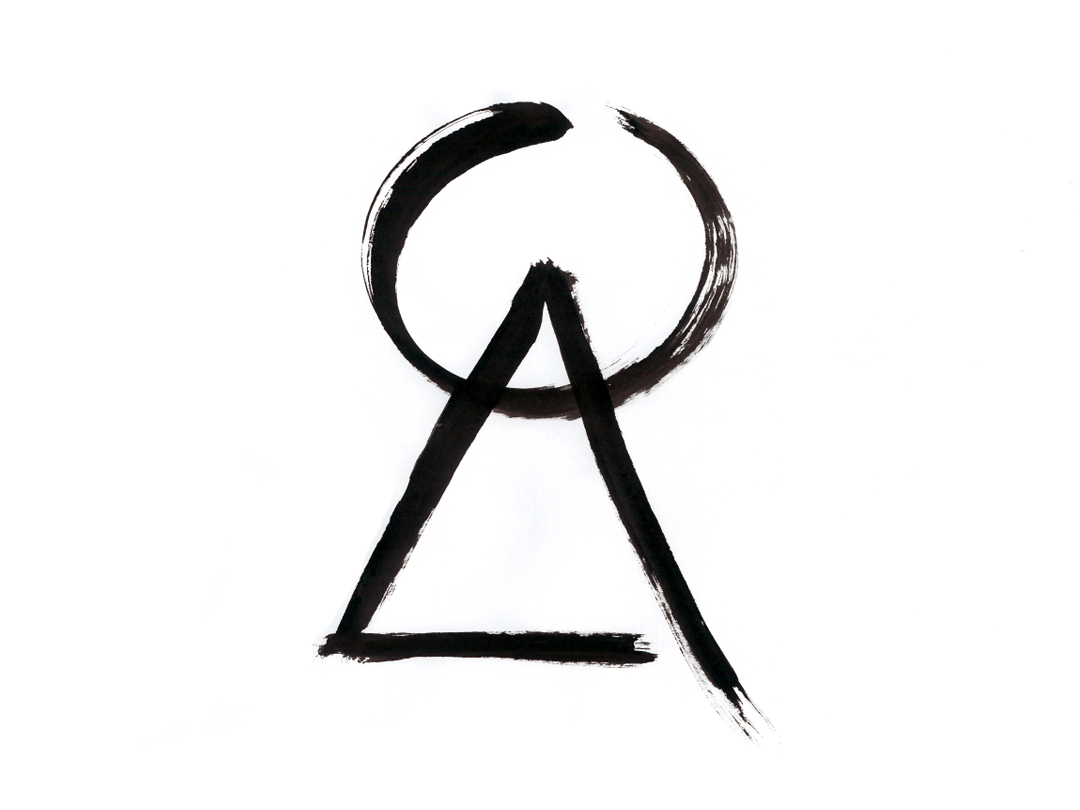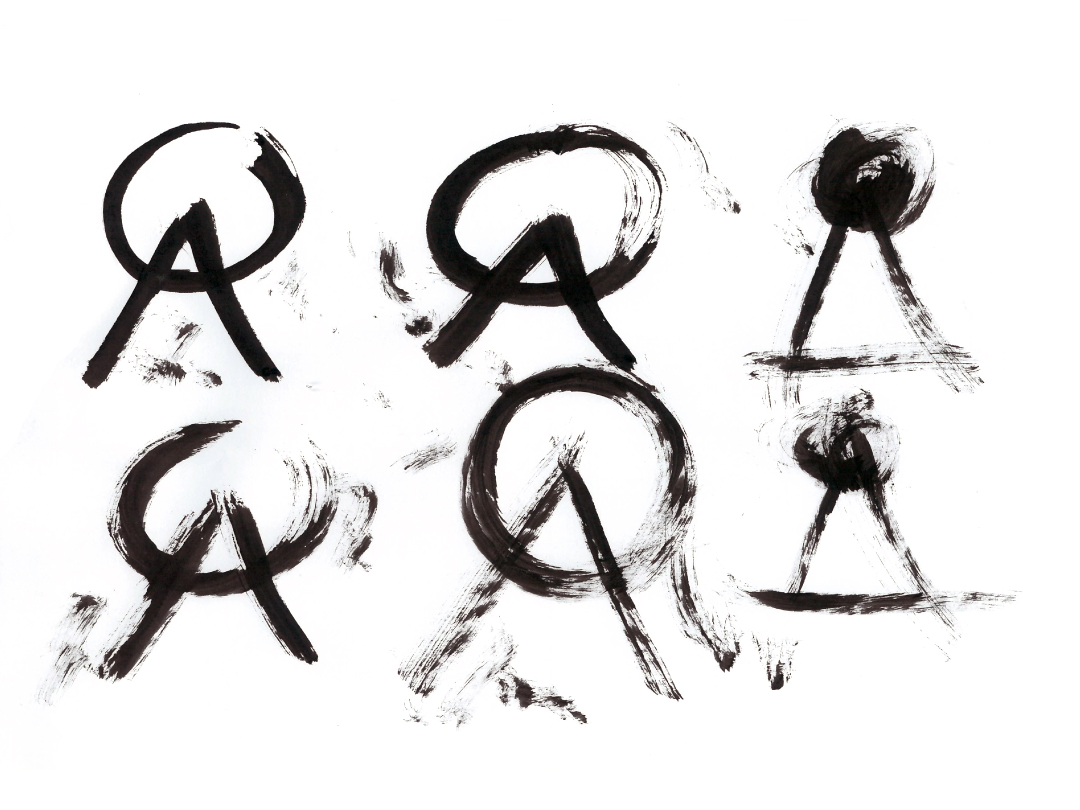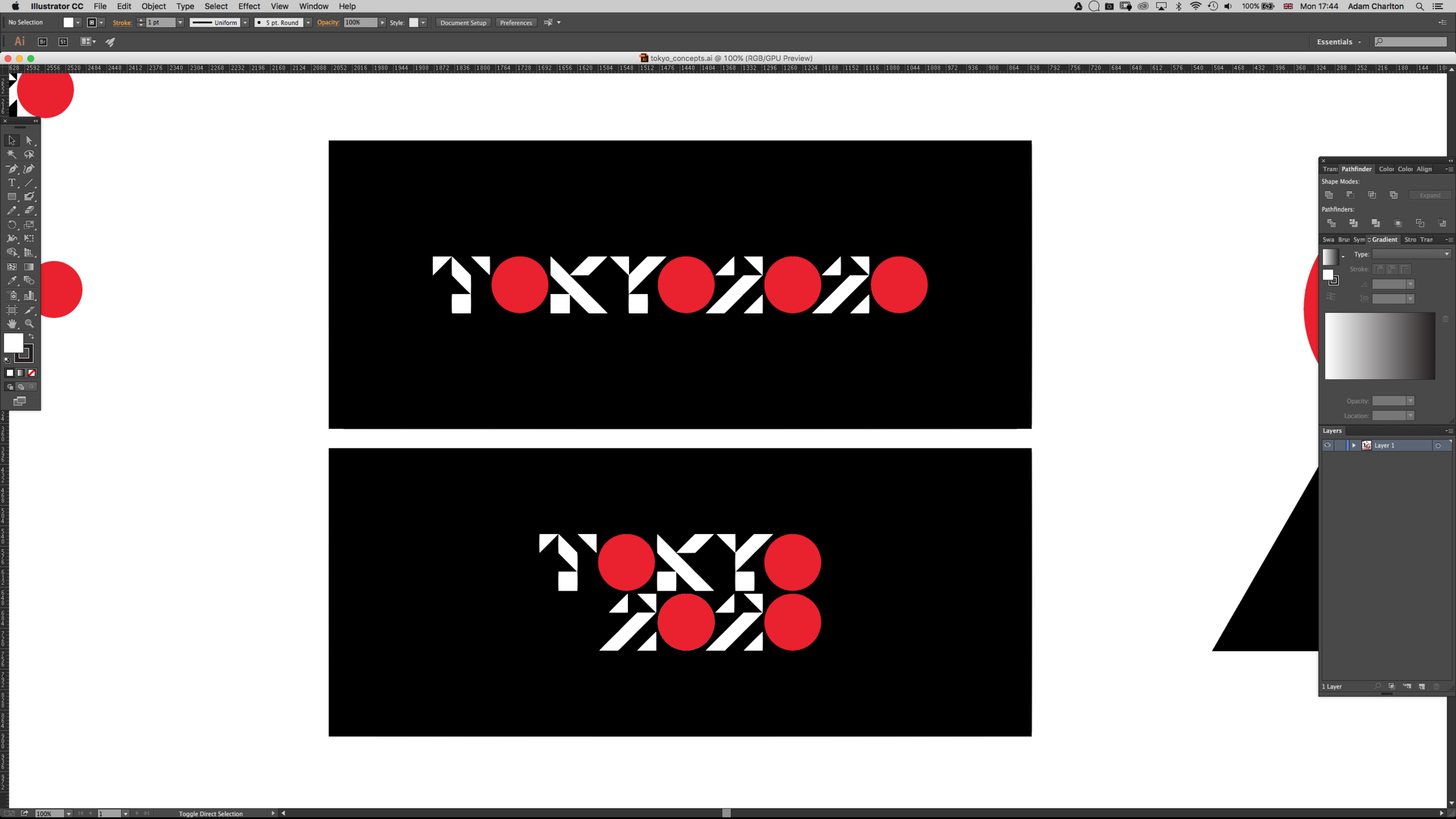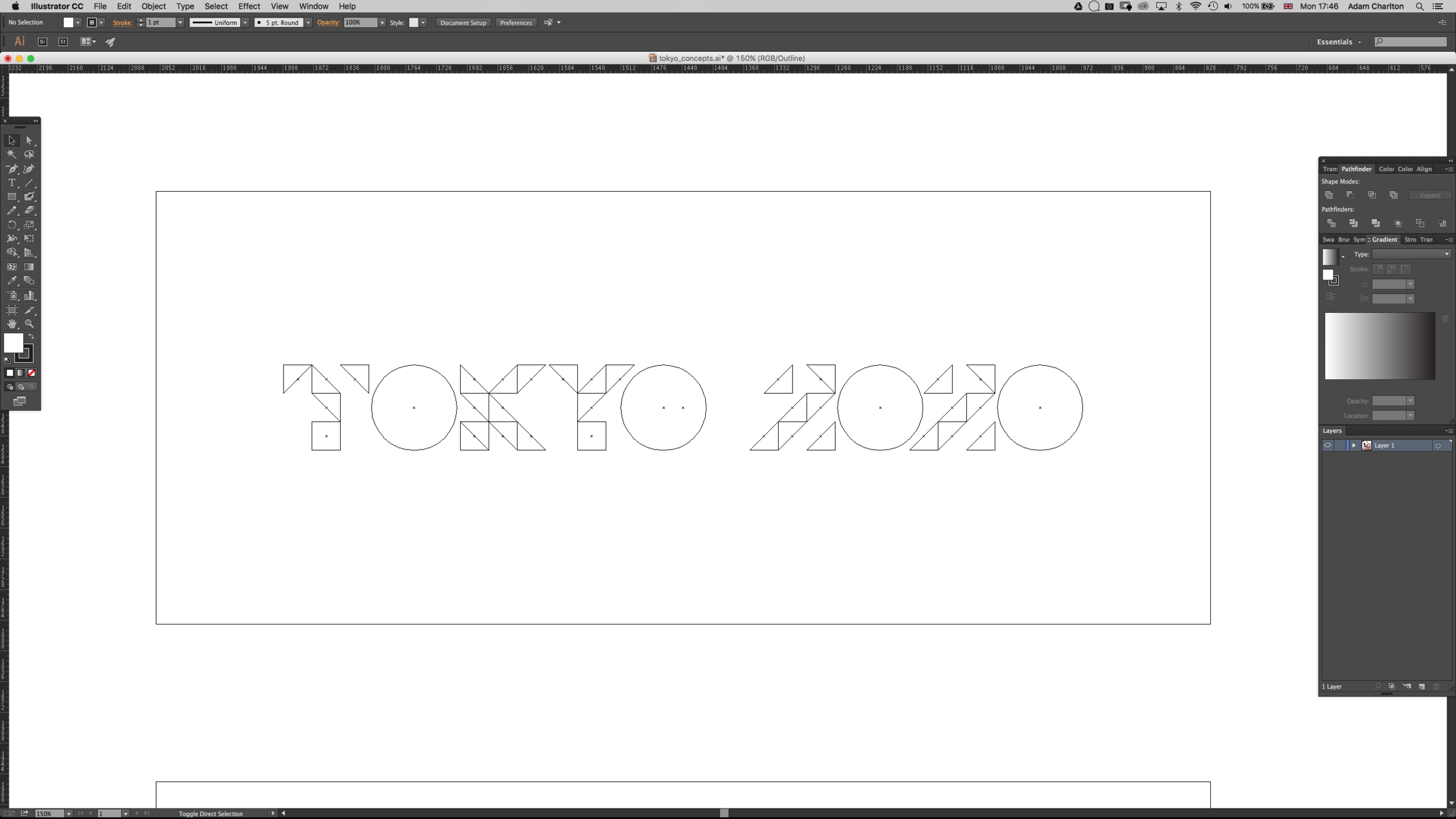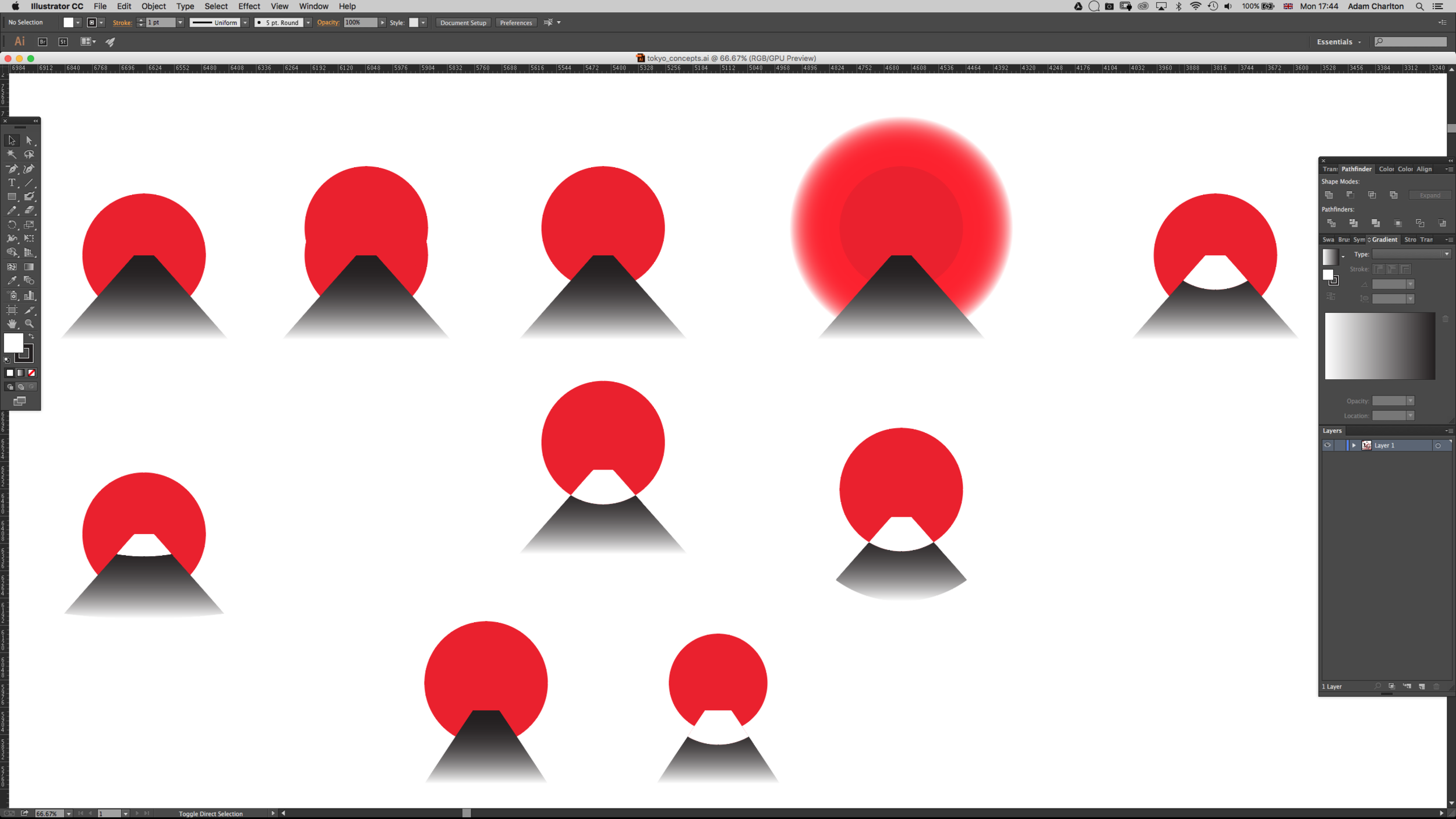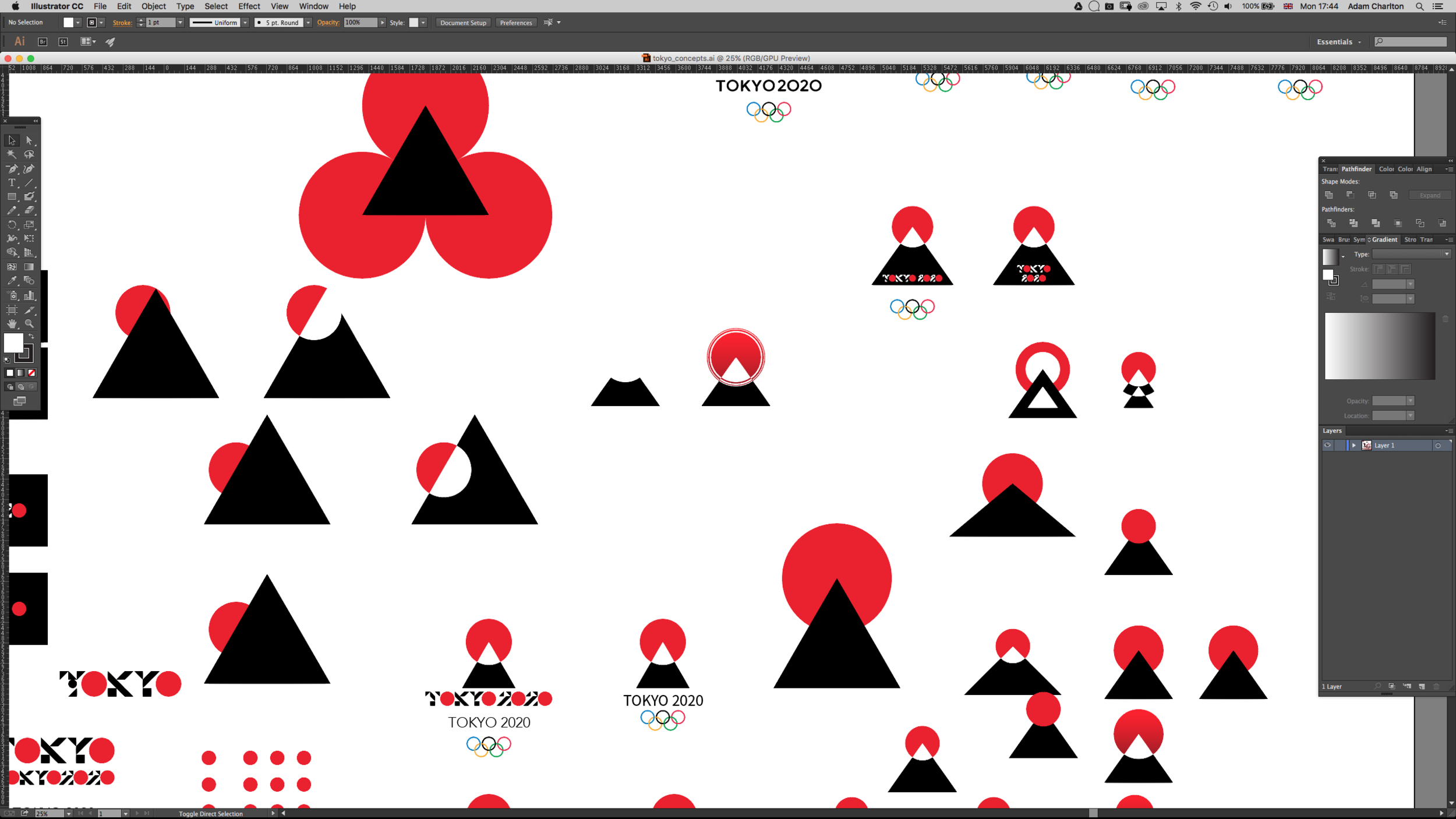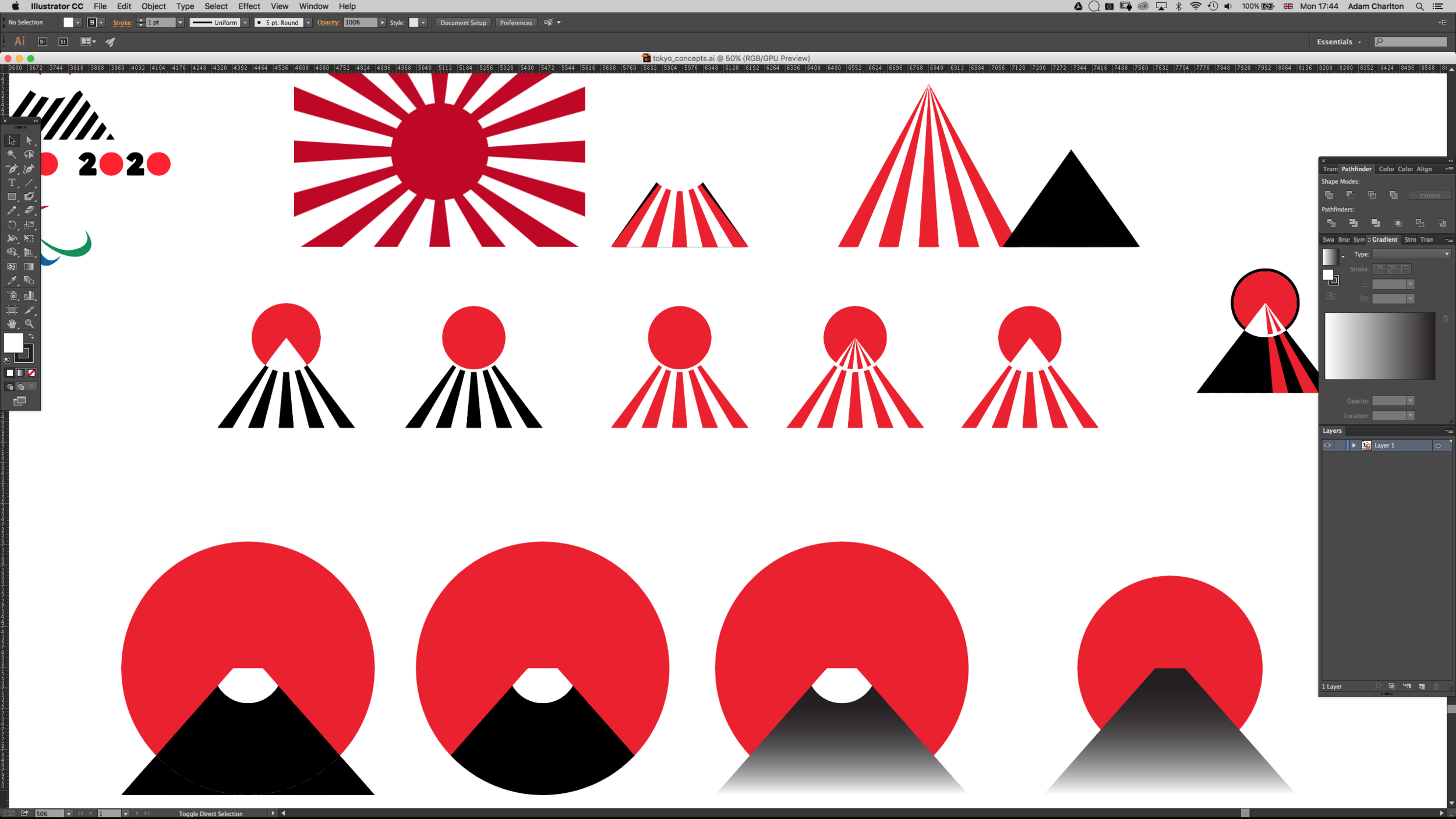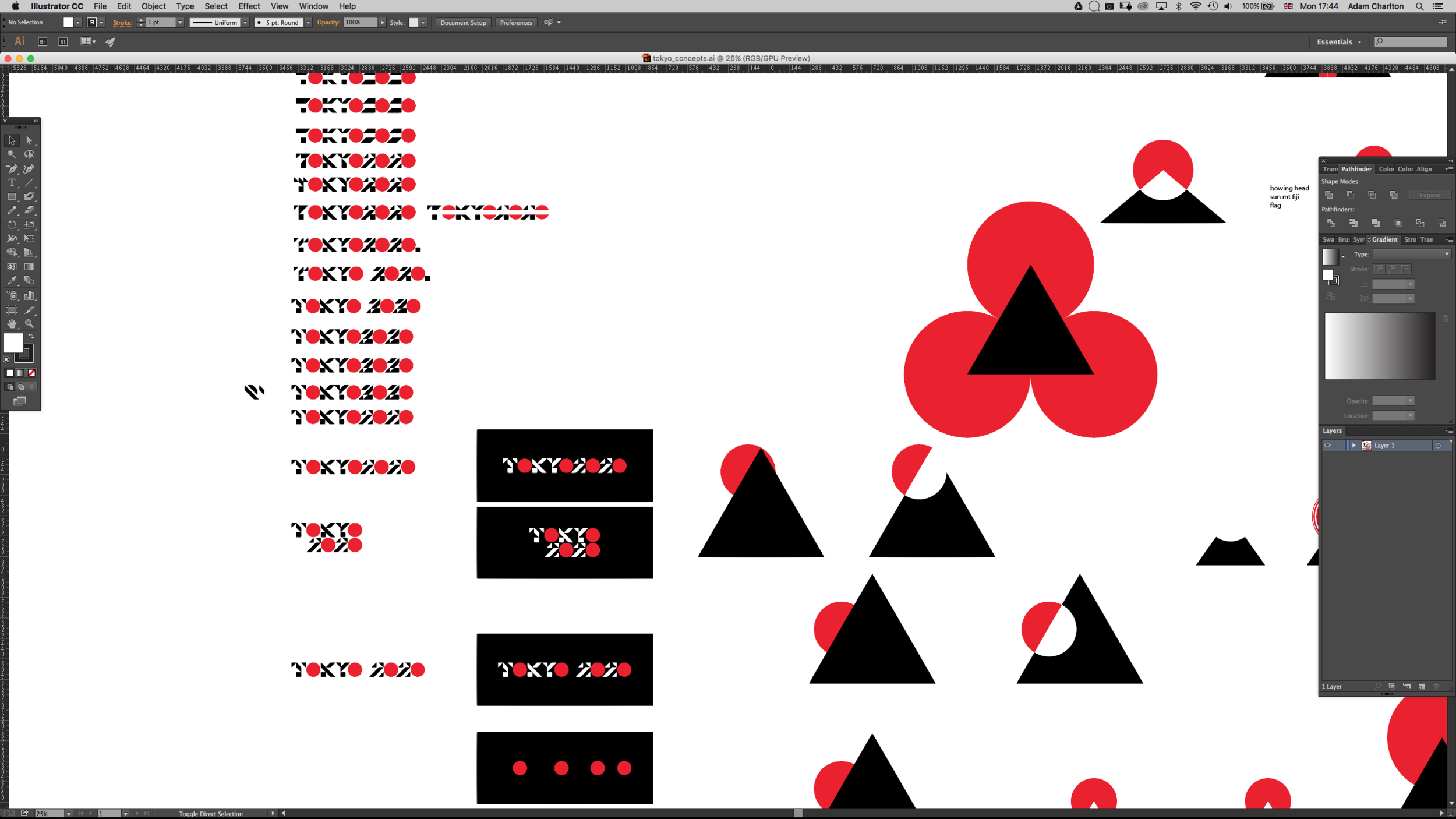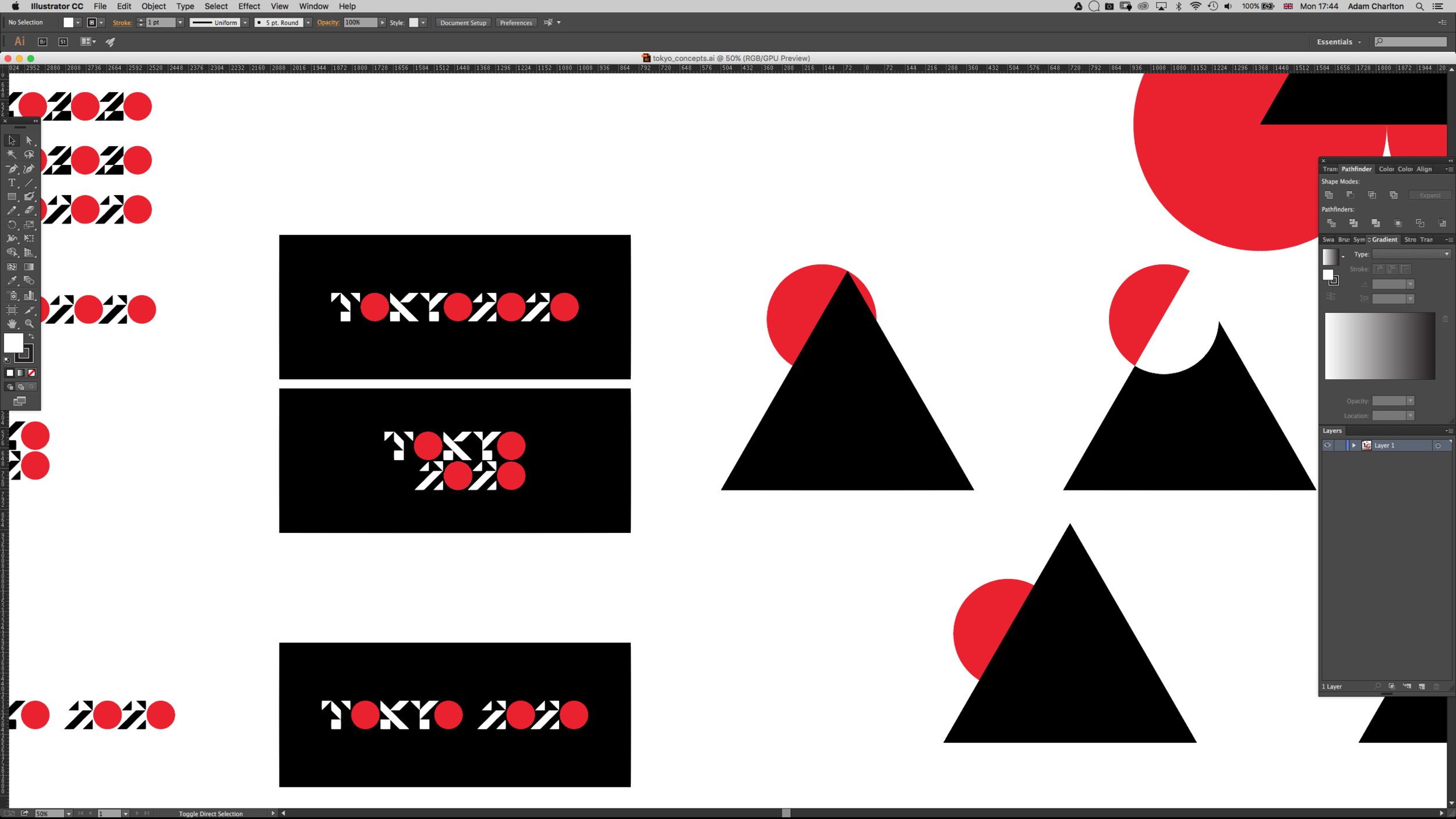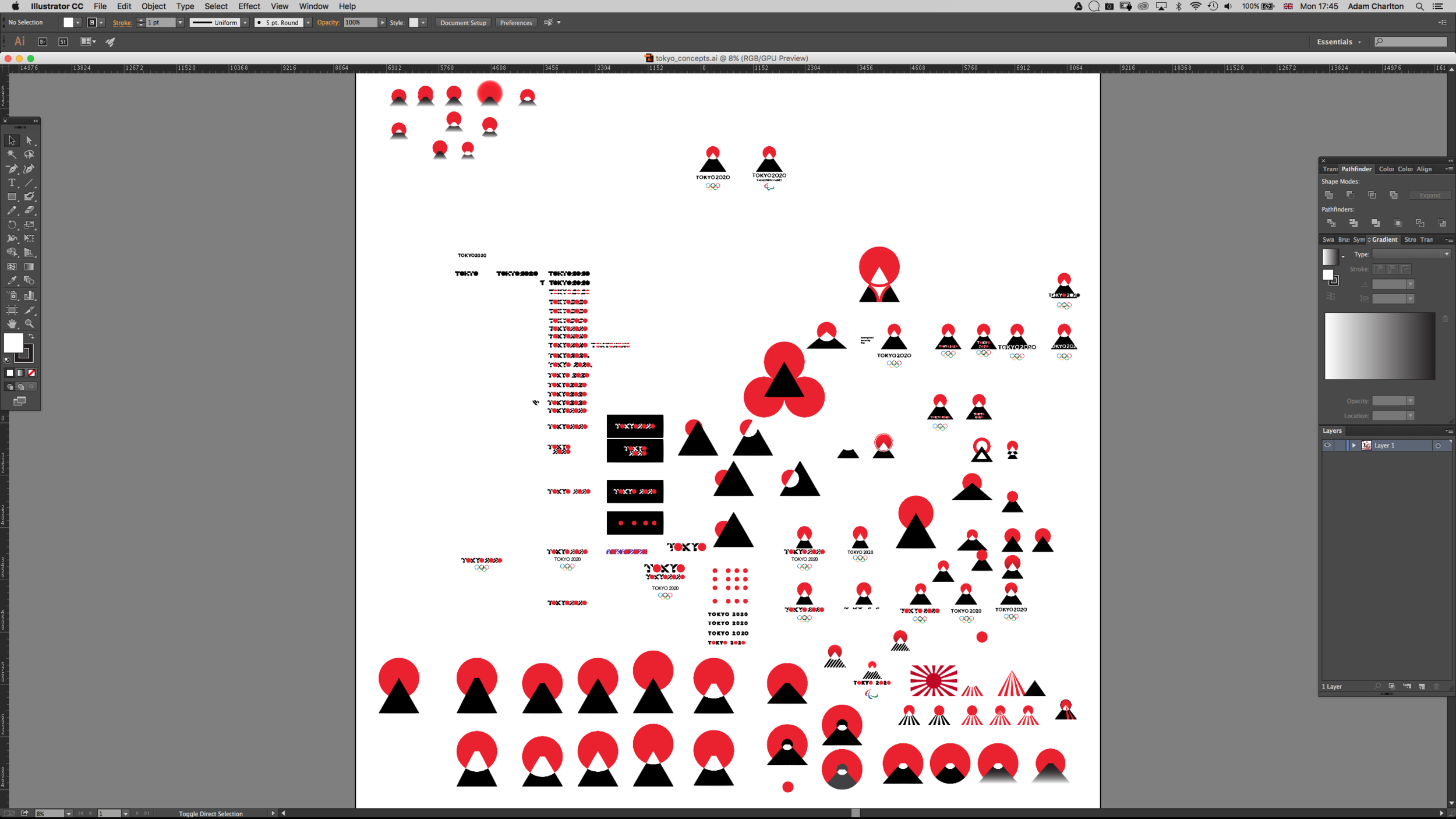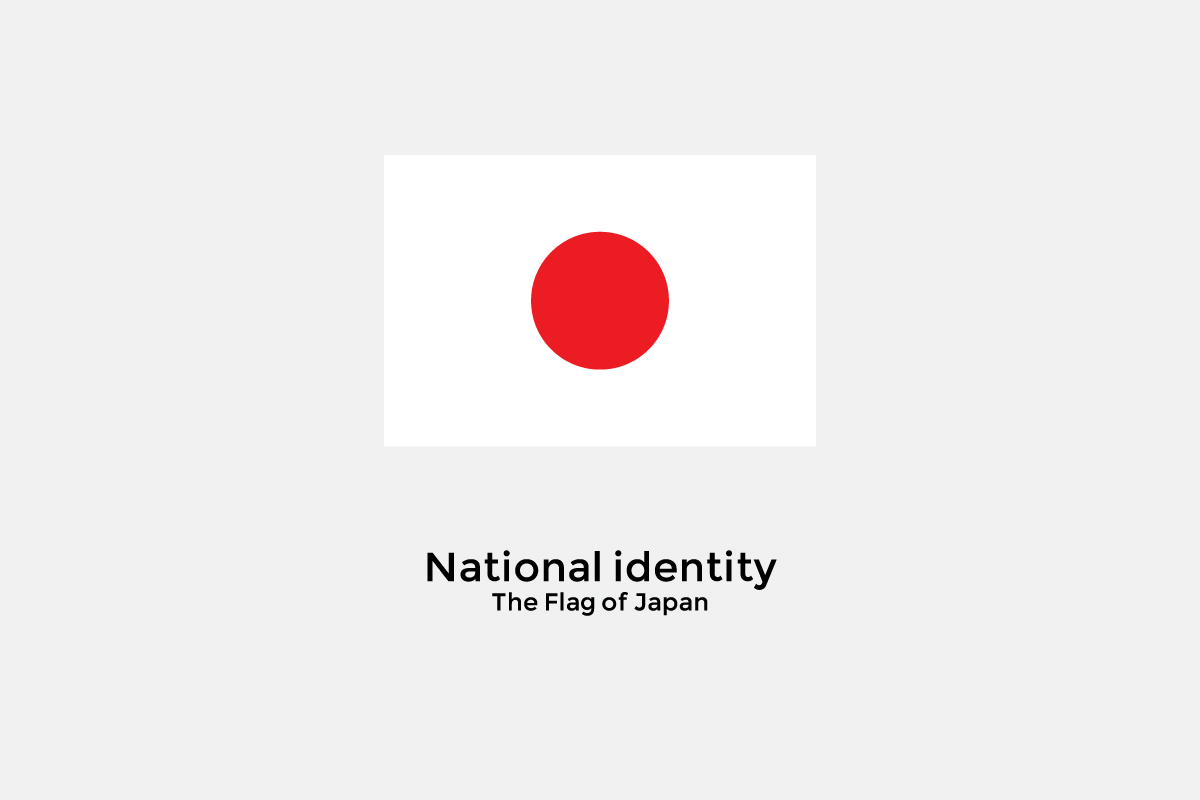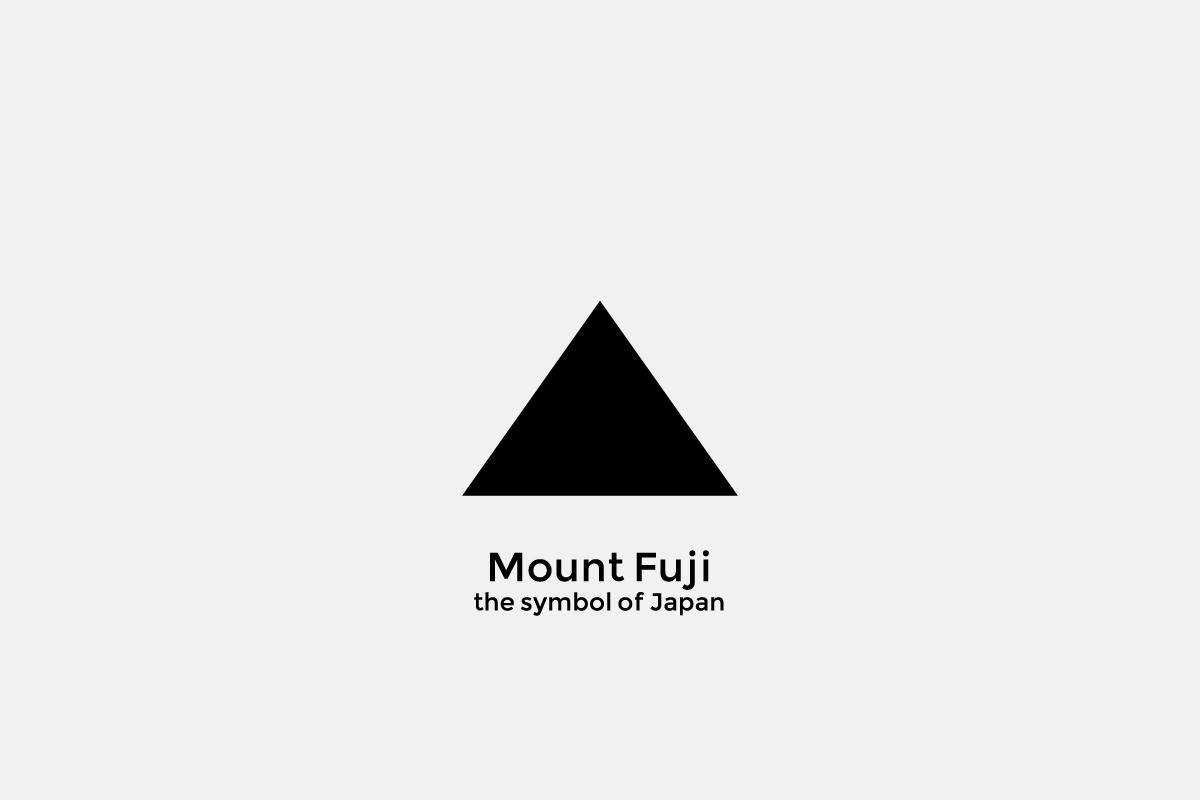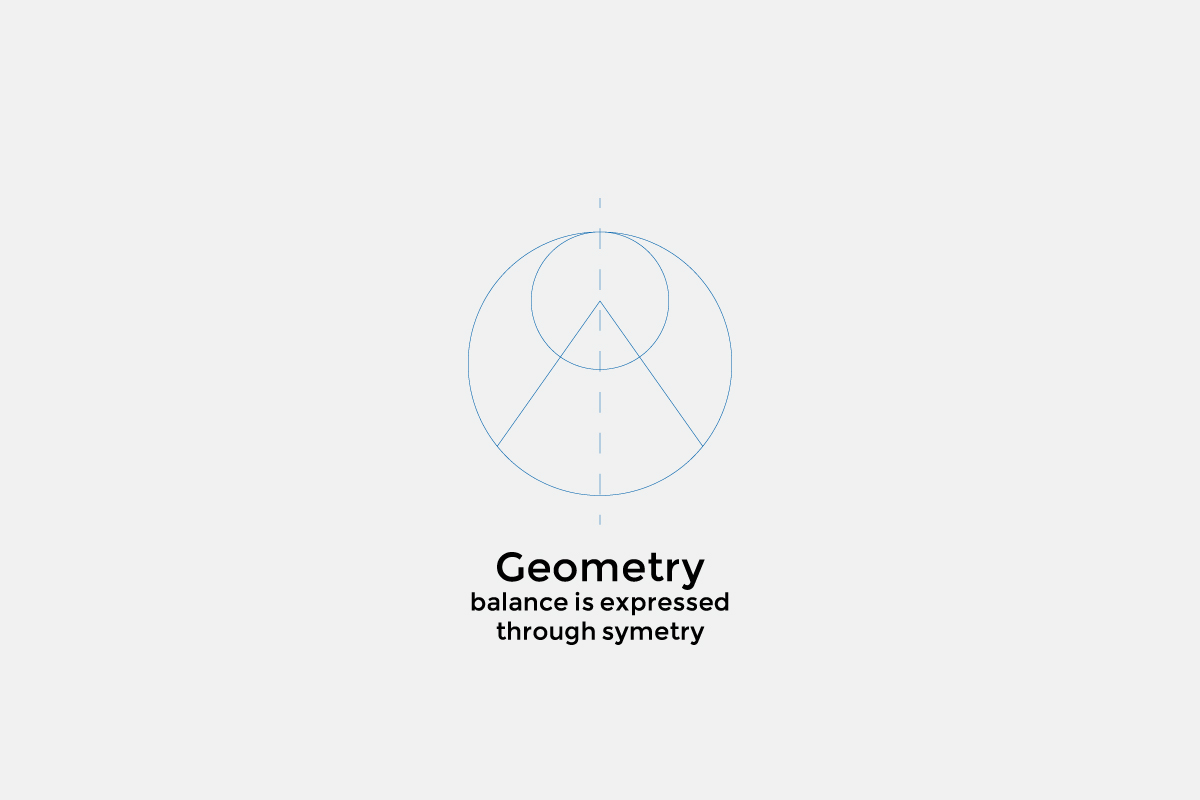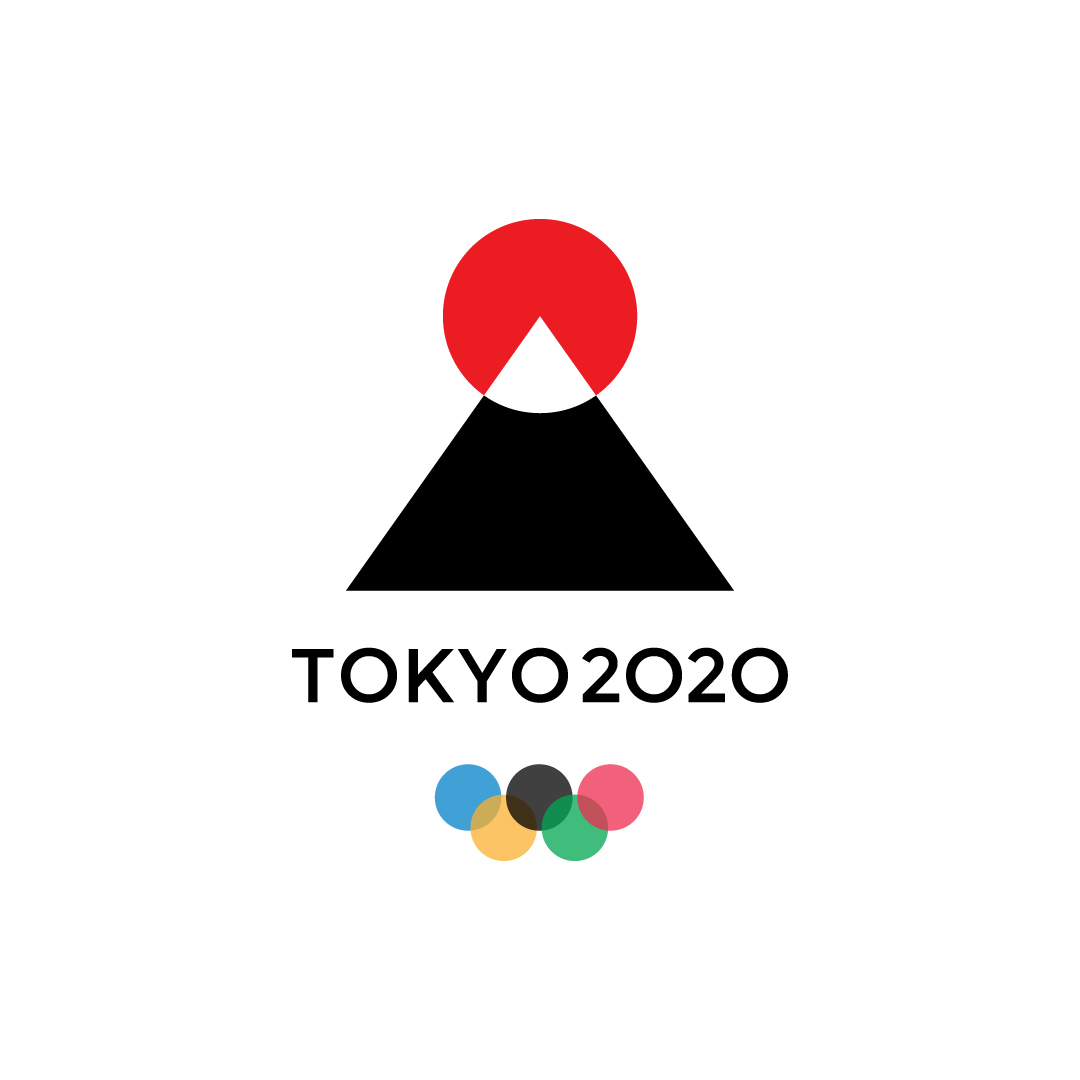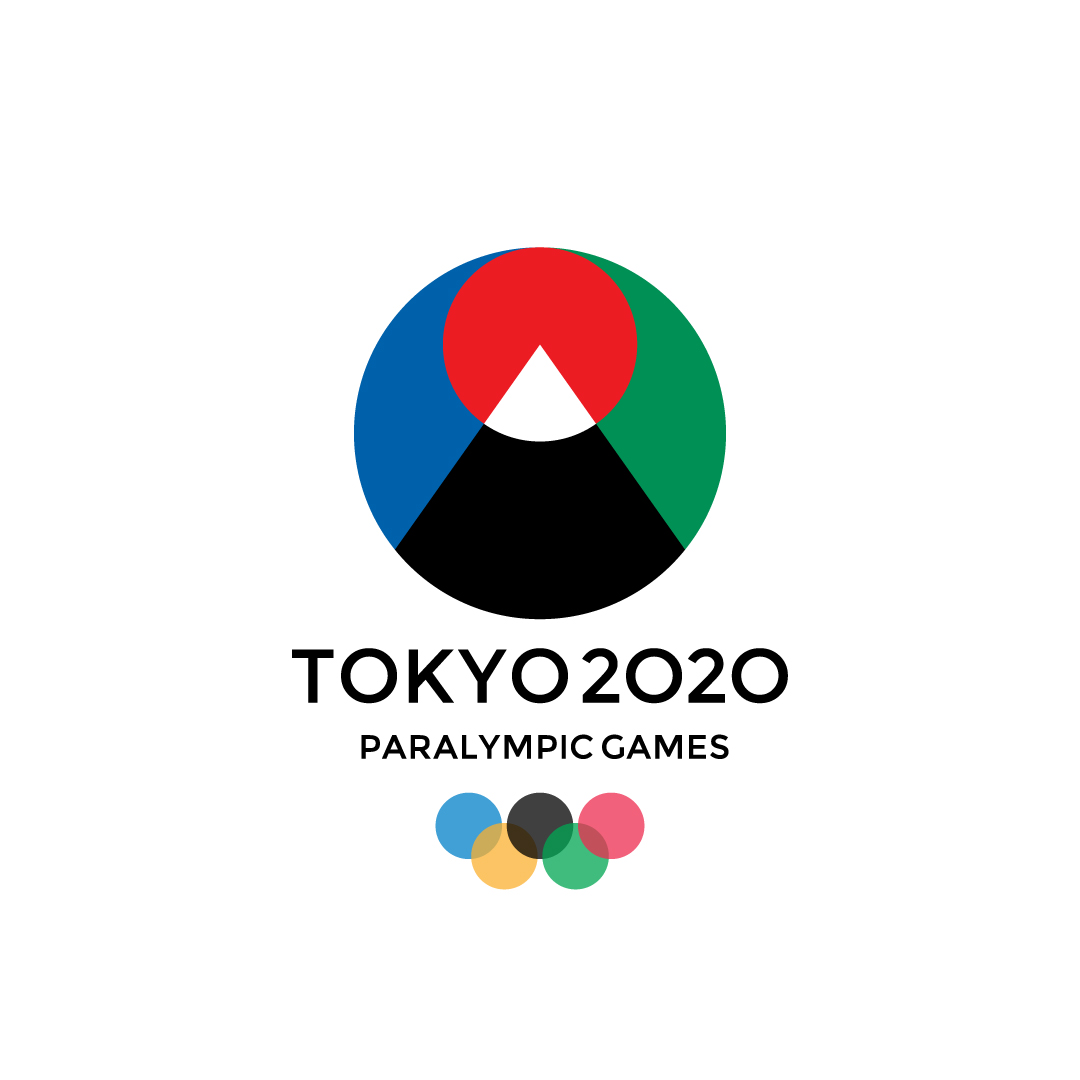Developing our creative process
10.05.16
Brand Craft HK is built on creative thinking. Without creative input it is hard to sustain focus and originality on each project, each and every day. This is why we consider studio projects so important.
After the Tokyo Olympic plagiarism saga the Olympic Committee opened the task of branding to submission, we took it on as a client brief and kept the whole process within our studio with the aim to deepen our knowledge of the process of design. We would act as the agency and the client.
Phase 1/ Project brief
Normally the first stage involves a series of conversations to build the project brief. In these conversations we act as detectives, looking to find out everything about the business, looking to turn over every part of the company's manifesto, their customer base, the context within the company’s particular industry. This questioning unearths particular aspects, notions or nuances of the company’s service or product. By uncovering these aspects we can help build the project brief.
(In our current case, we were already given a project brief!)
Phase 2/ Visual References
At this stage we begin collecting visual reference of the subject matter/ industry/ company. Taking the brief and dissecting it into its visual components.
Phase 3/ Subject Nuances
Understanding of the subject comes from finding reoccurring themes, patterns and nuances from the reference folders we collected.
We curate the reference imagery into clear and differentiating groups, where we can pull out three/ four strands of narrative. By repeating the exercise of critiquing and curating the reference imagery, these threads become concept themes. As this process develops over a series of days, we digest the imagery; threads of narrative within the subject matter begin to develop.
Visual metaphors begin to take shape, and we can pull out keywords; tranquillity, beauty, geometry, simplicity.
Phase 4 / Concept sketching
'The brand is the perception prior to the experience.' Jim Reekes
Translating ideas into form is the center of any design process. The process of branding is pure, in the way that you are taking ideas, and putting pencil to paper and finding forms that represent the ideas.
The concept stage involves finding original and contextual forms that can be developed to create the visual identifier of the brand. In the concept phase we normally produce up to four concepts. As designers we must be critical as well as creative and use these two skills to develop a refined selection of concepts backed up with moodboards of relevant imagery.
Phase 5 / Concept development
Concepts are delicate, we think of concepts as the very initial visual form that results from translating an idea into life. Because of this, concepts are loose and abstract. Within a few days the concepts go through cycles of critique and development. We might go through five or six rounds of studio critique and development before the concepts are presented to the client in a presentation deck. The development stages find the most important narrative threads in each idea by cycles of filtering, and re-filtering (critique and development). When the concepts are filtered enough, they will hold layers of narrative, have visual depth and meaning.
Phase 6 / Execution
By considering all narrative levels, we create something that can remain contextual.
One of the highest accolades for a logo is the idea of ‘timelessness’. We believe this emotion towards brands is the sum of the logo’s authenticity and contextual relevance. Our process, to work with the client and involve them to be as much as a part of the conversation as we are, is designed to ensure authenticity and honesty remain the heart and focus of the brand identity.
—
About the author, Adam
Adam is the design director of BrandCraft. BrandCraft is a branding and design consultancy based in Hong Kong. We specialise in branding, visual identity, corporate identity and rebranding.
Adam is a branding consultant and has worked with clients in the UK, USA, Hong Kong, Tokyo, South Korea and China. He has had self-initiated art and design projects exhibited at various galleries and museums including the Victoria & Albert Museum of Art and Design and regularly writes about branding and design theory.
Read more about BrandCraft



